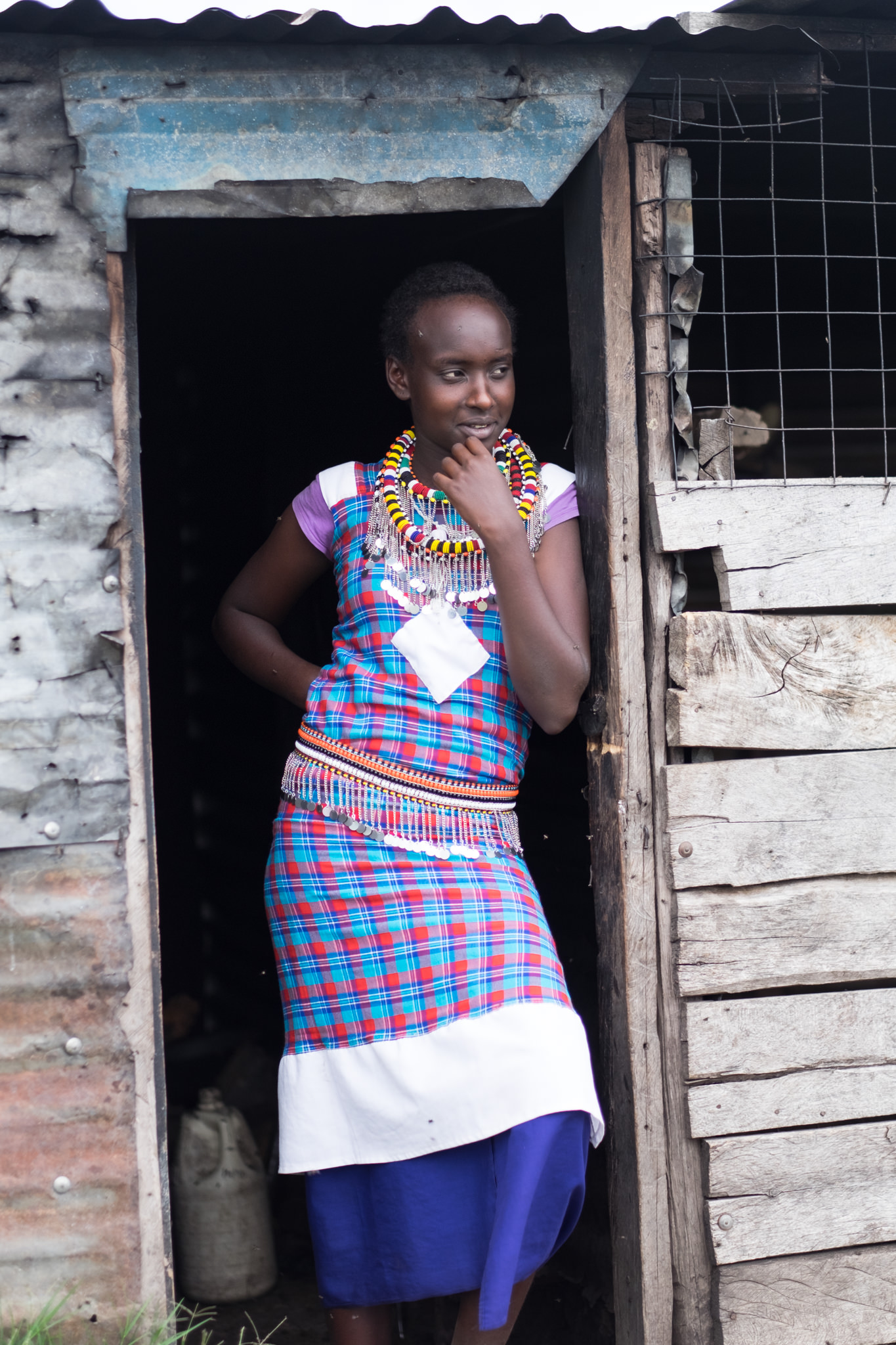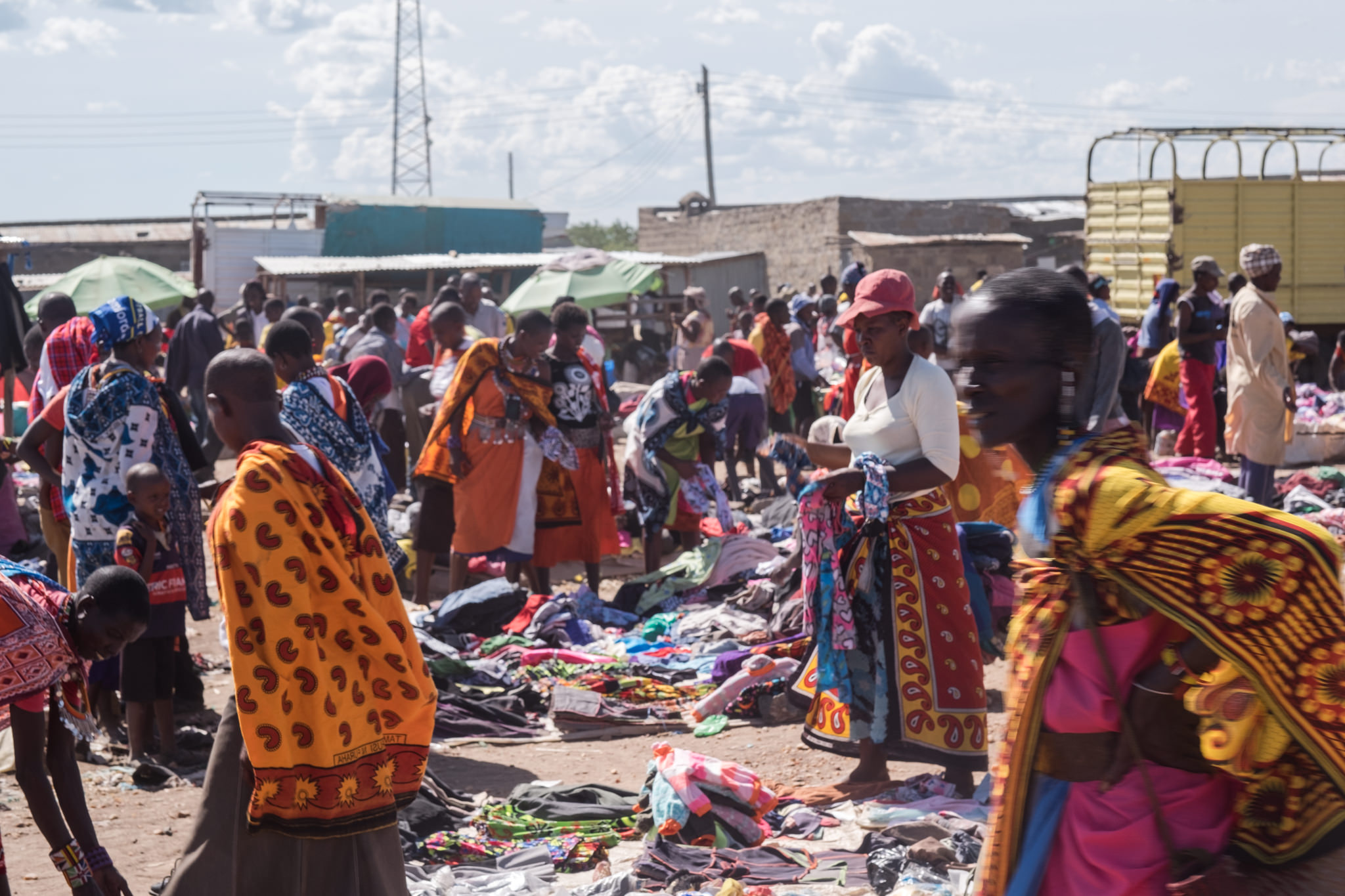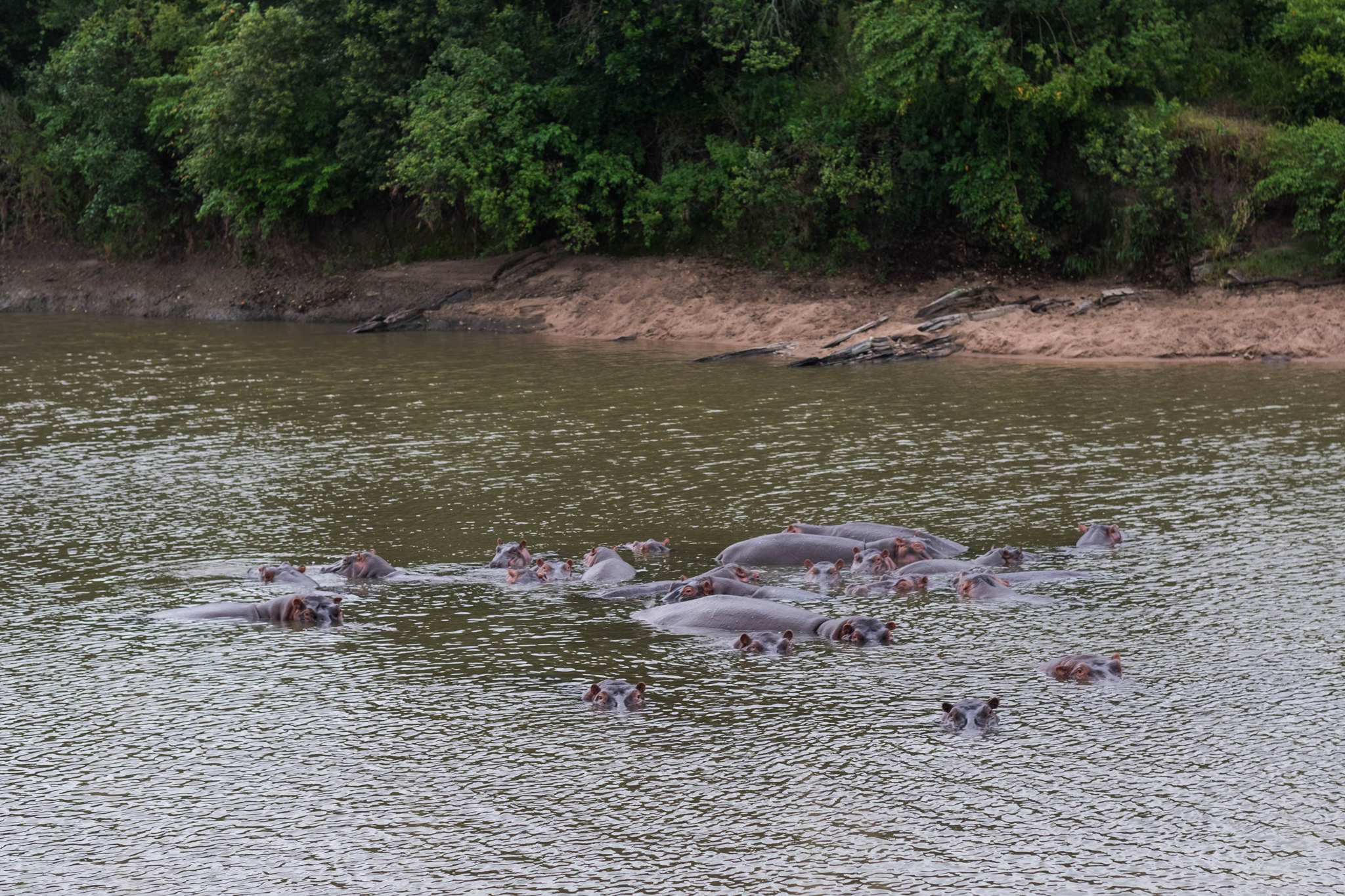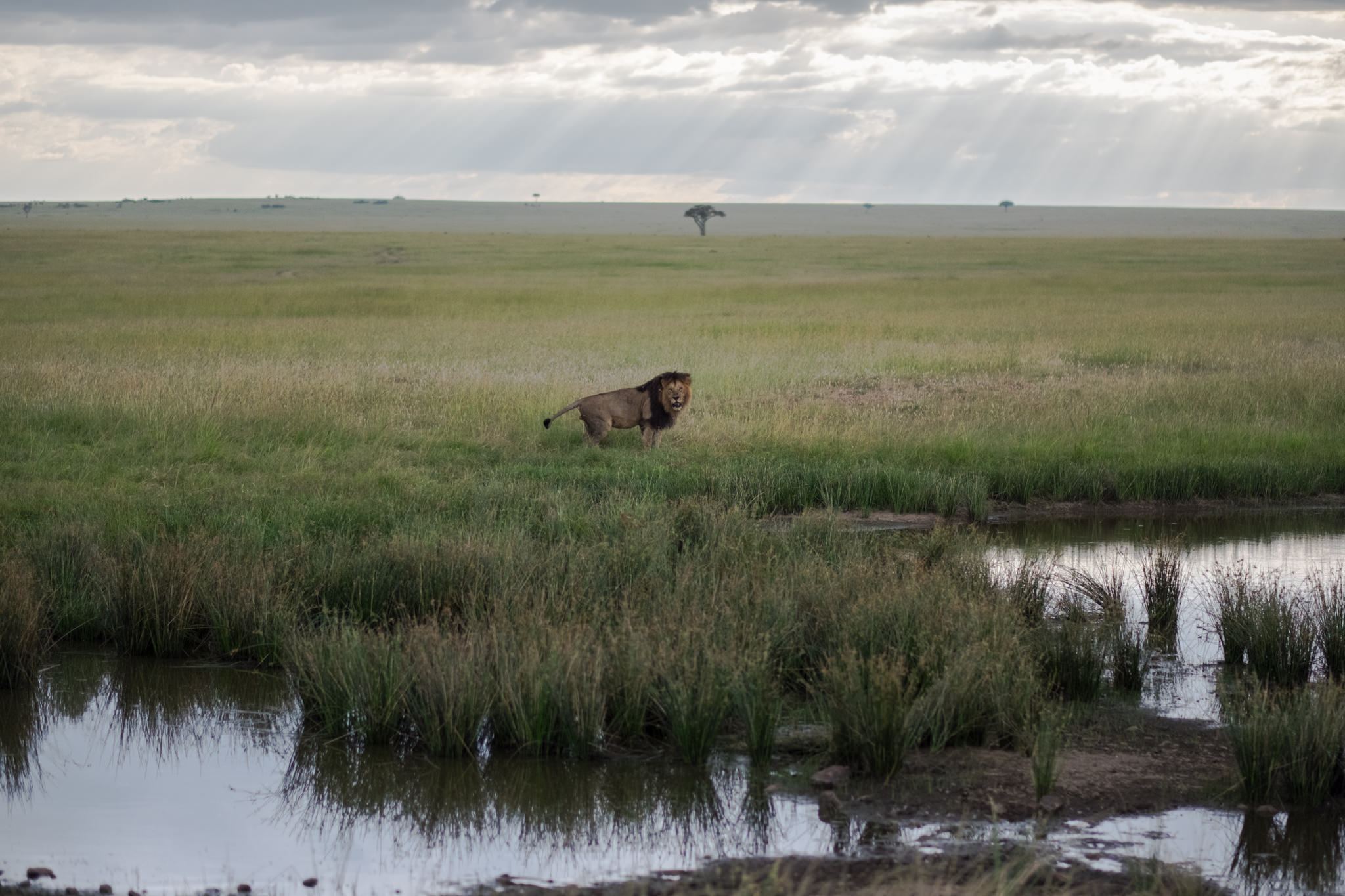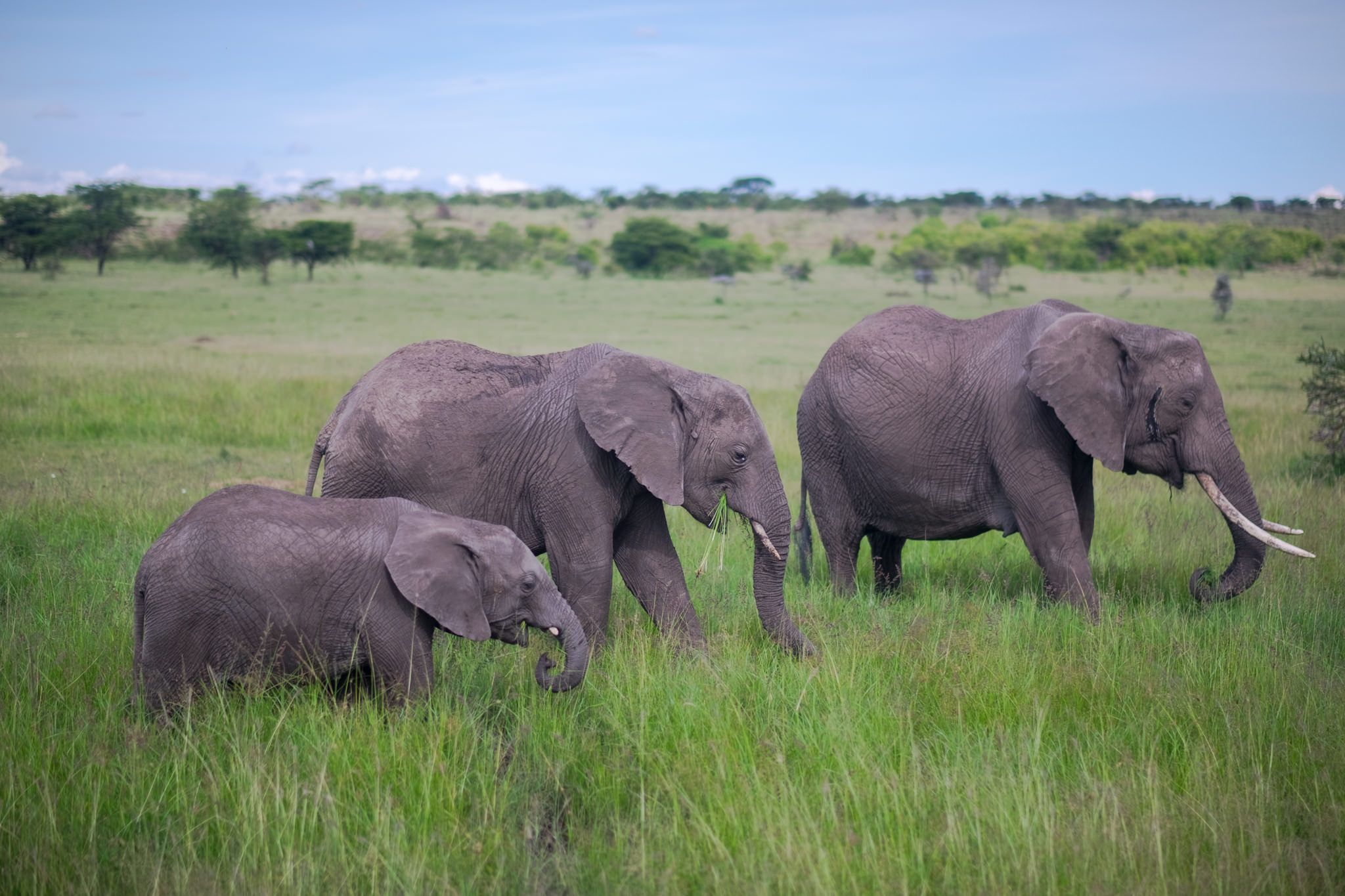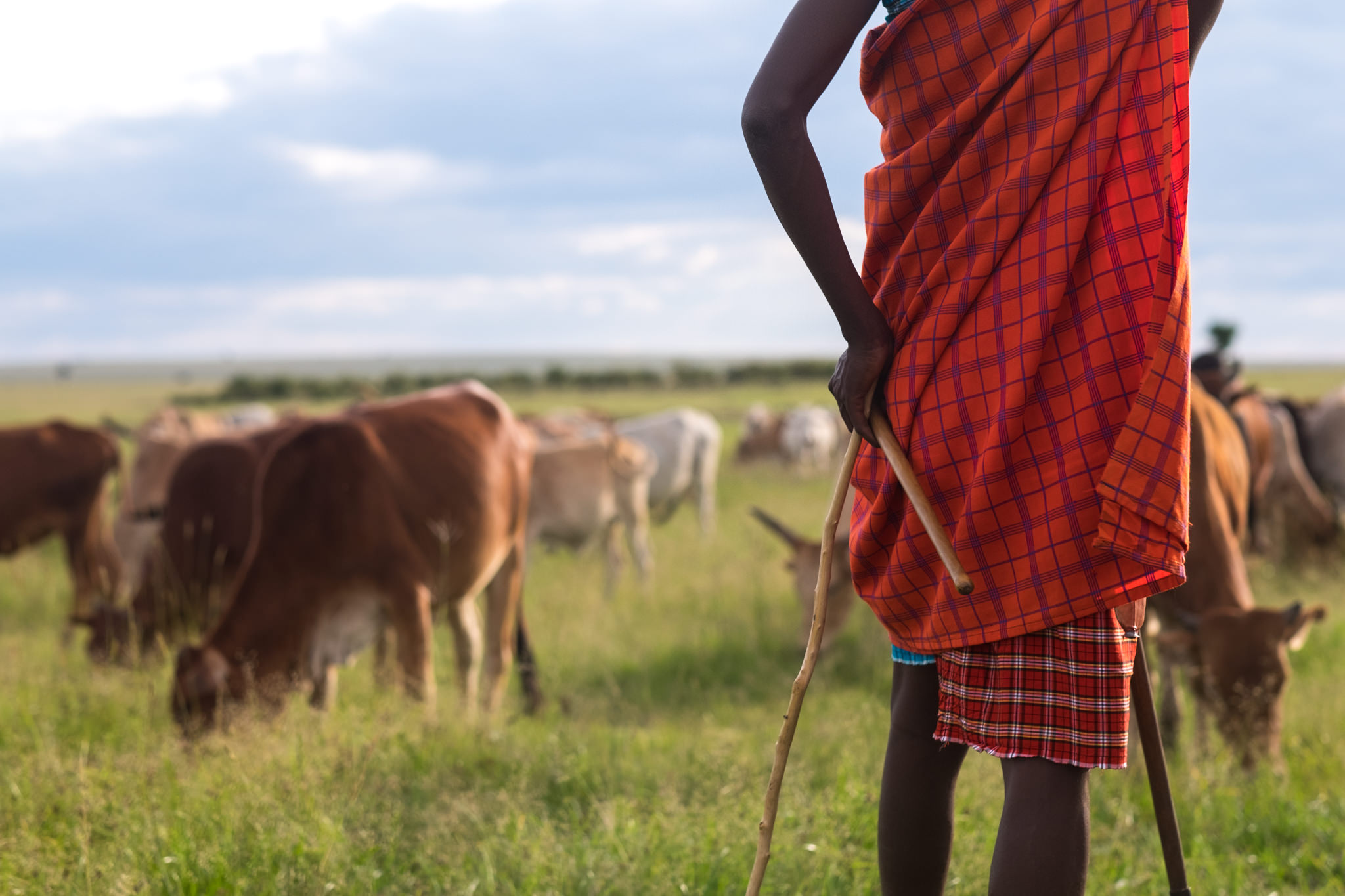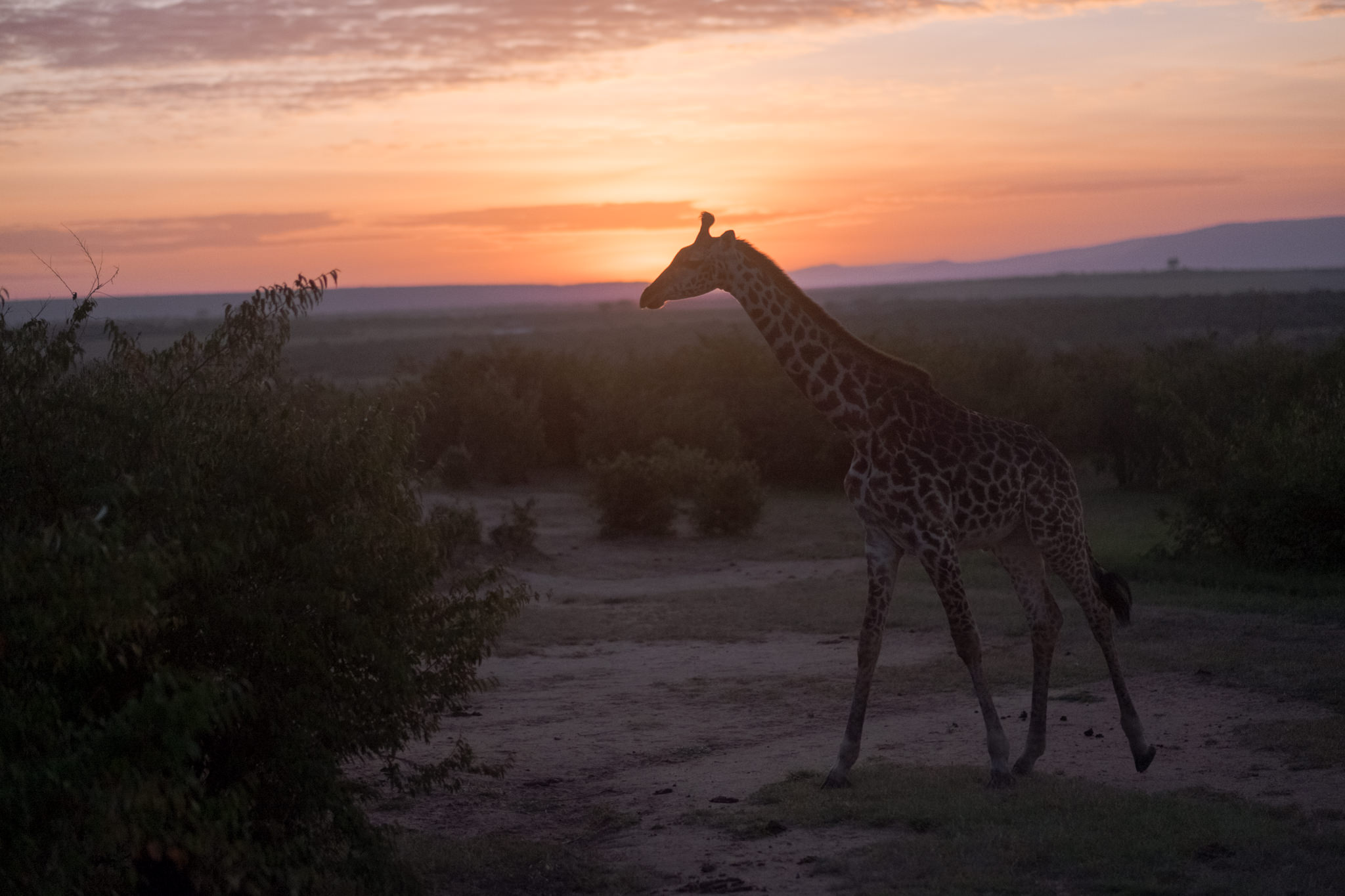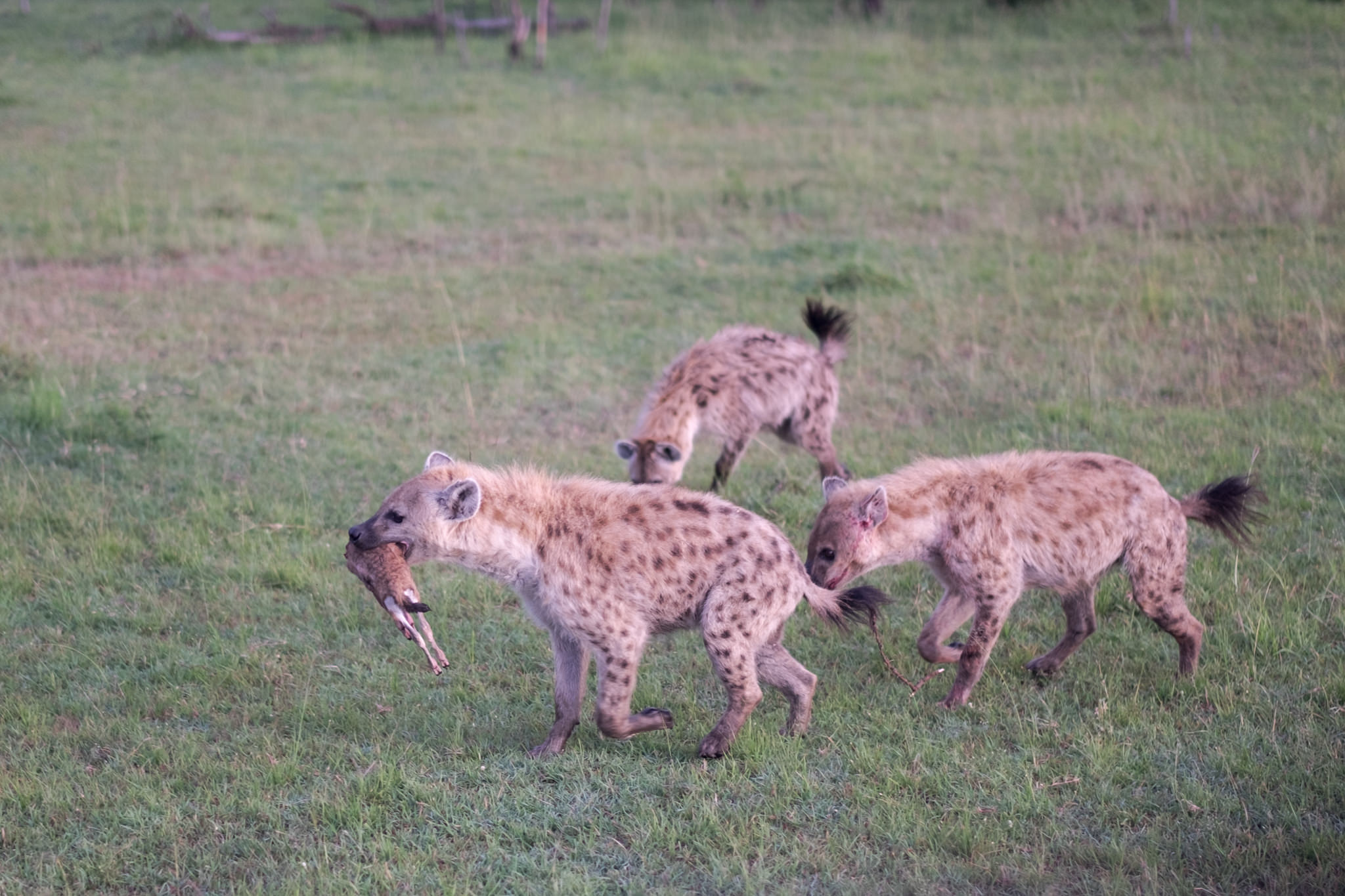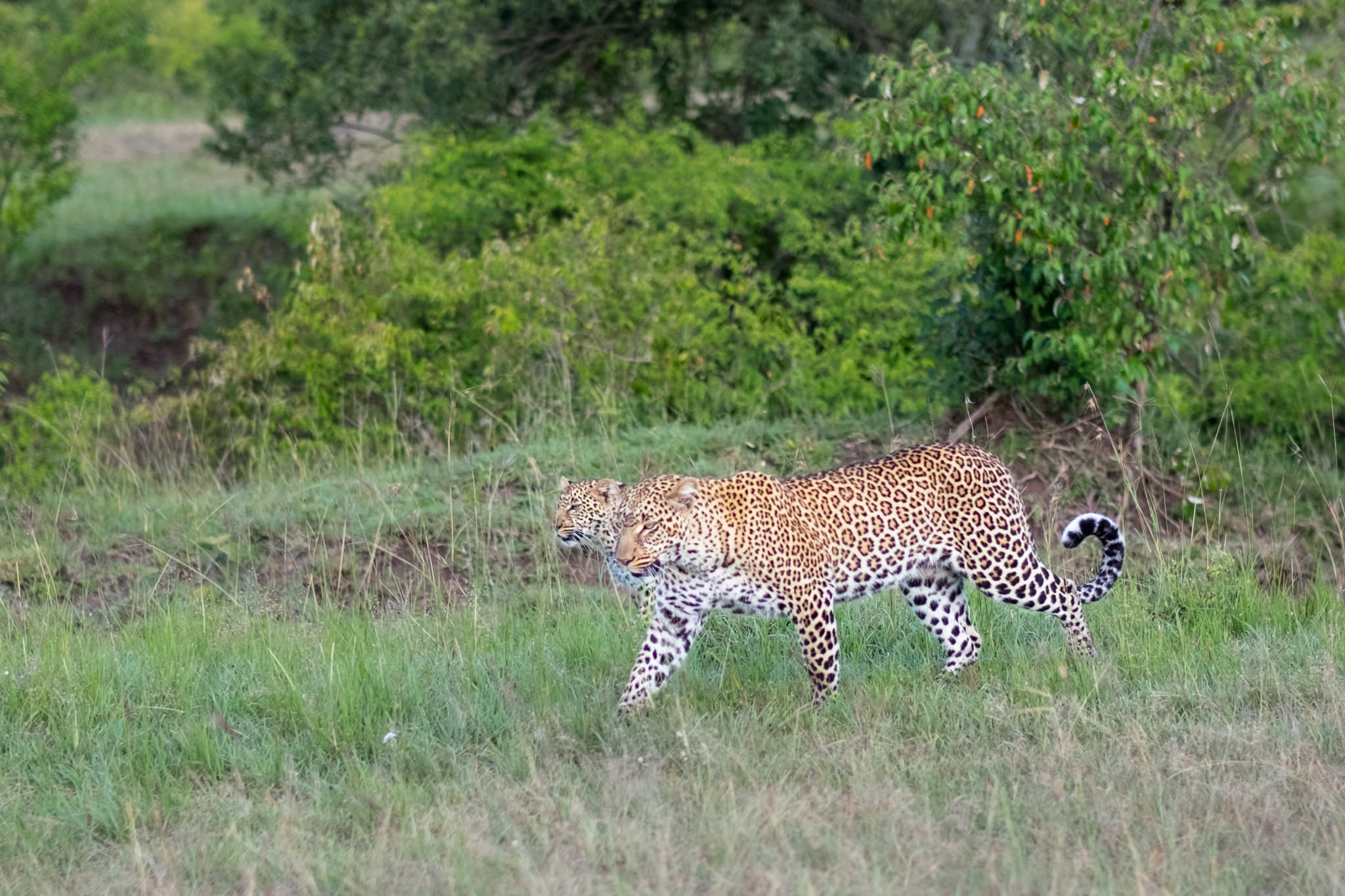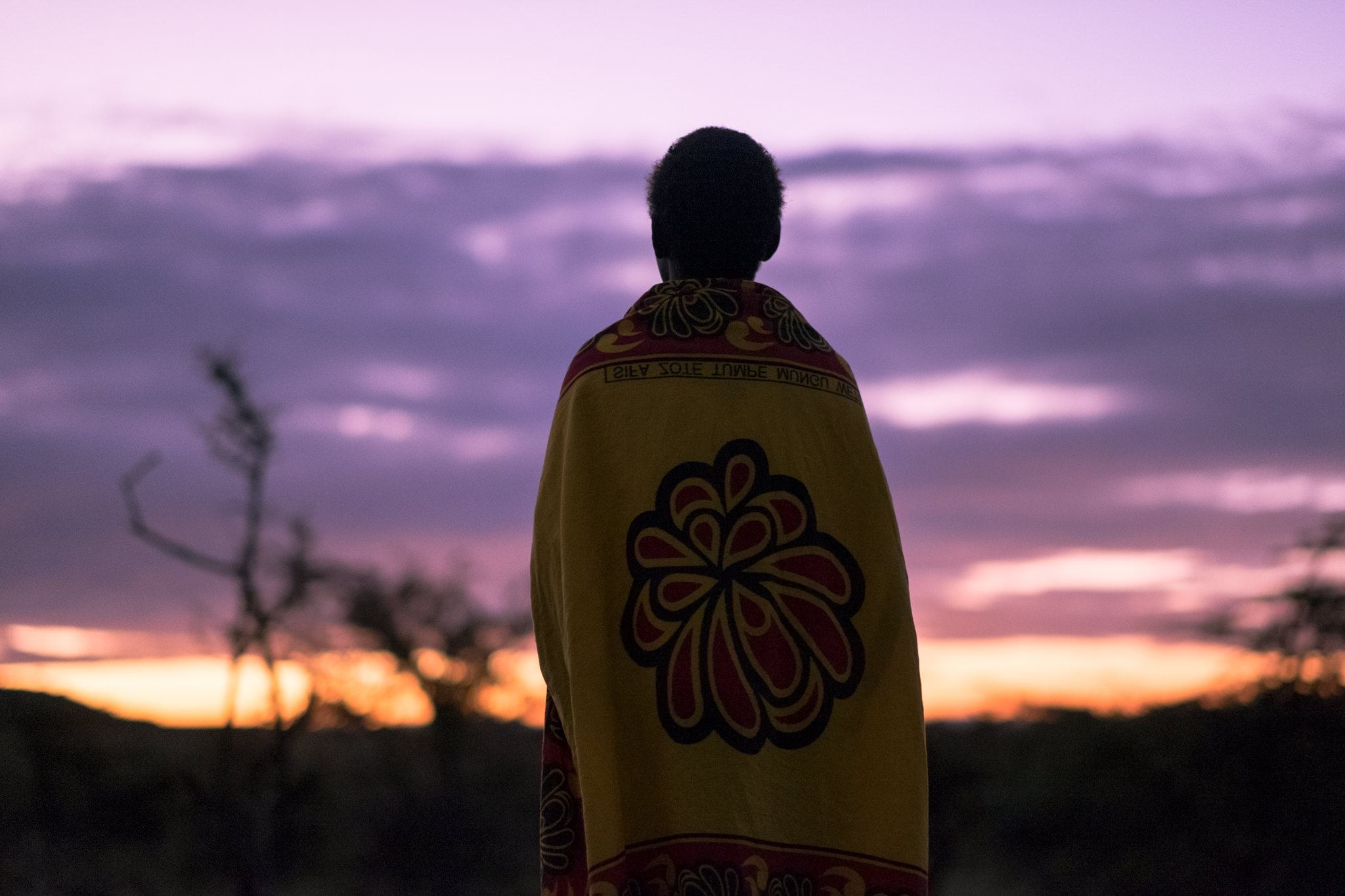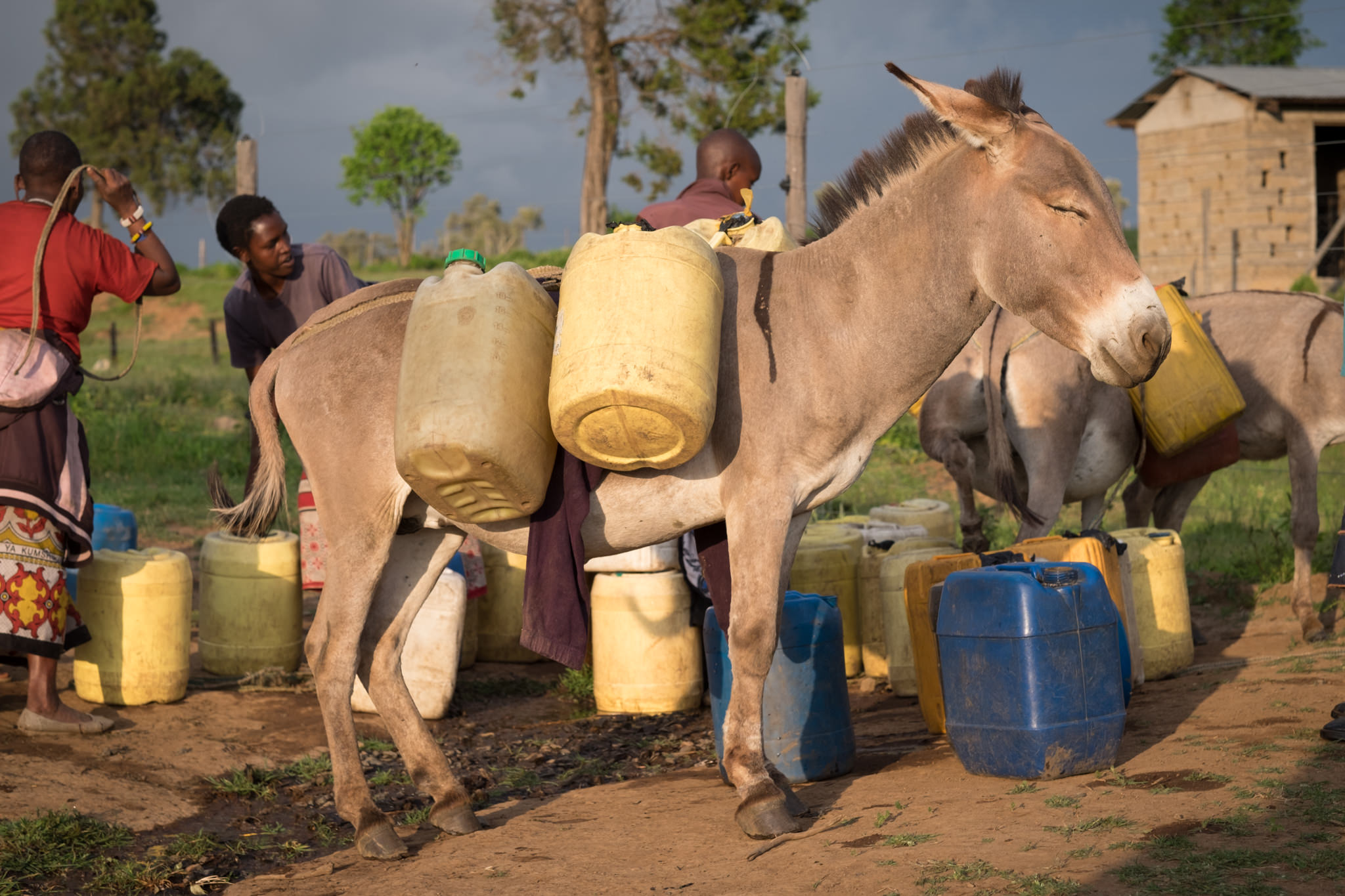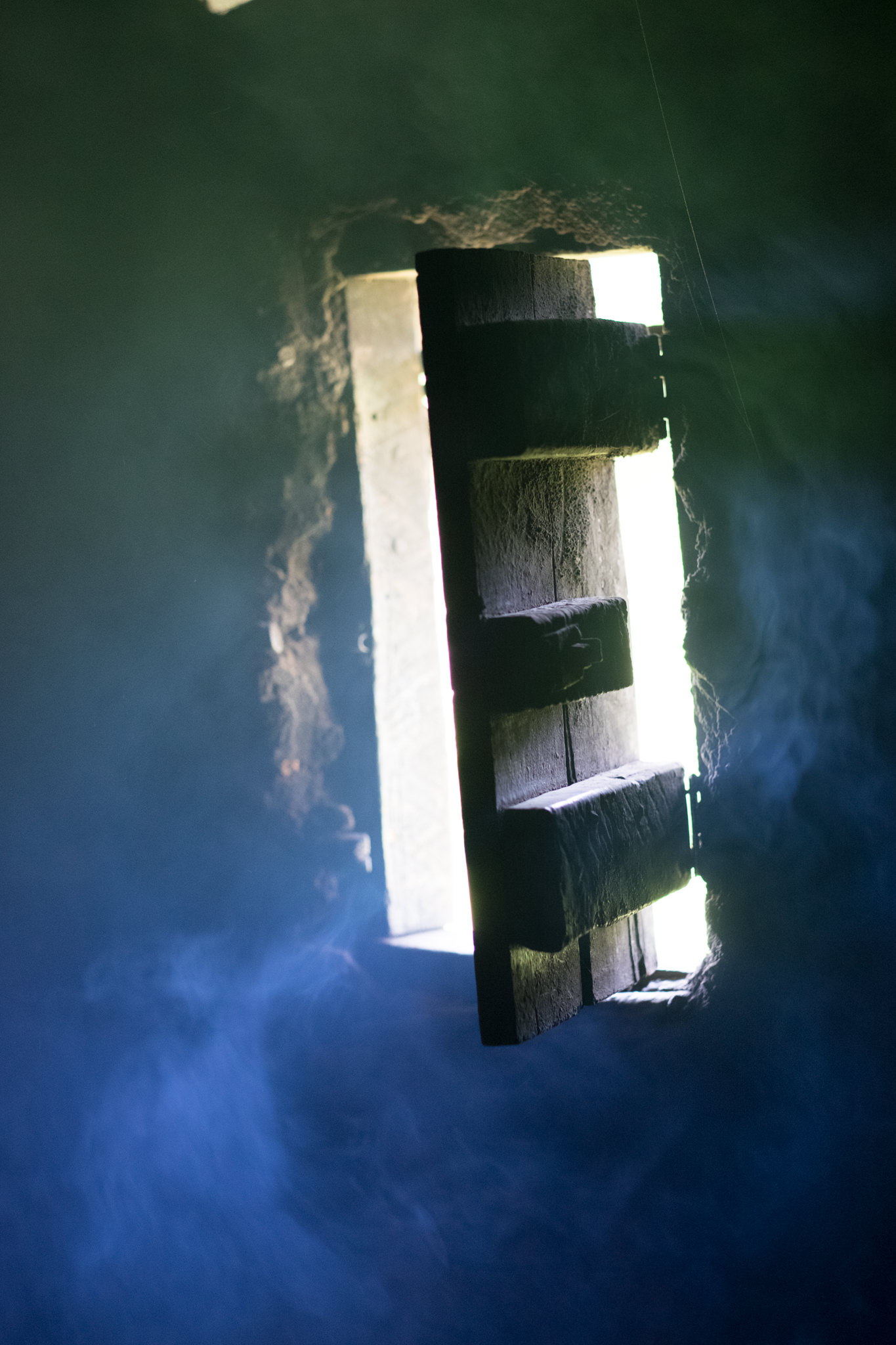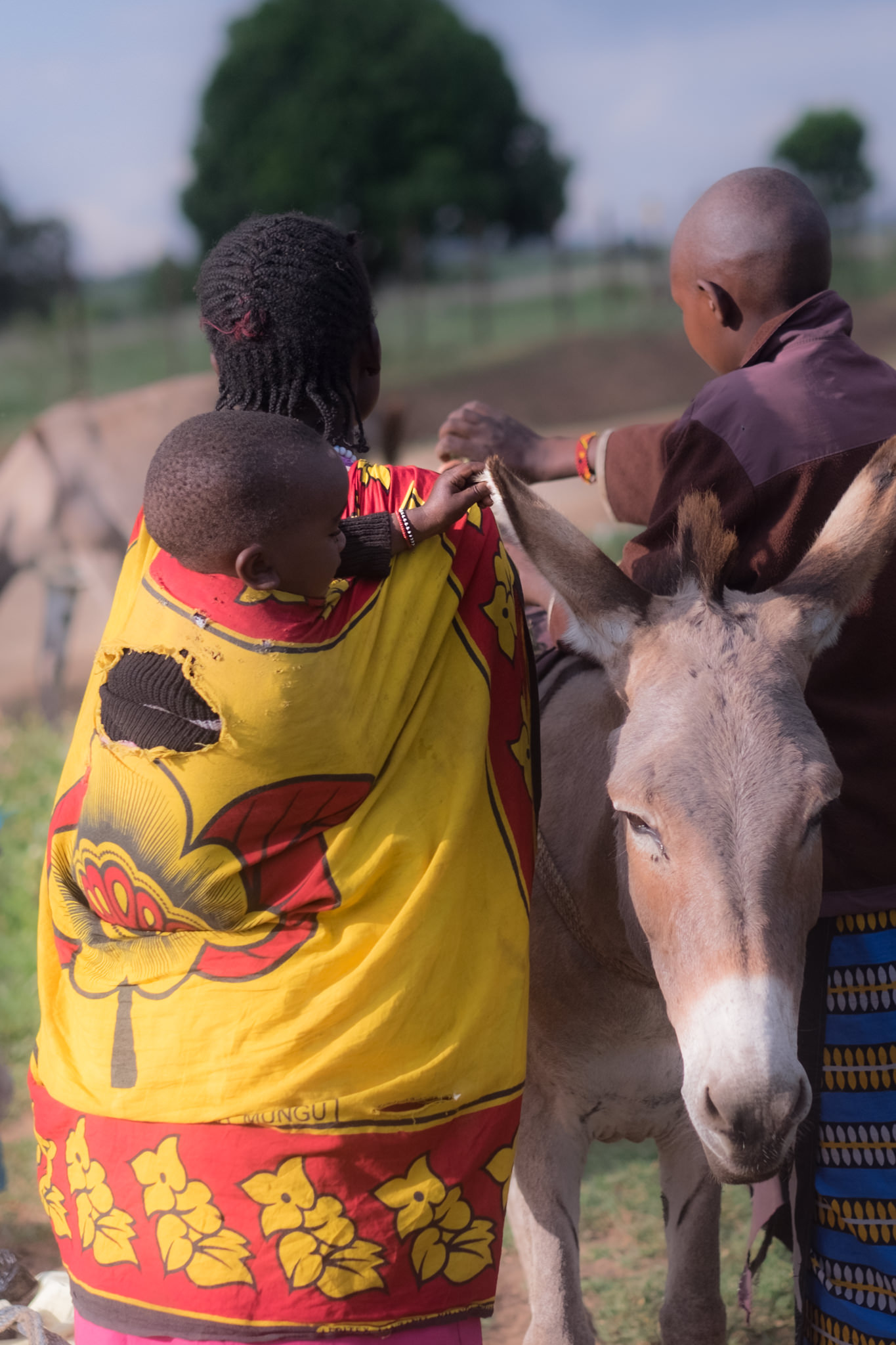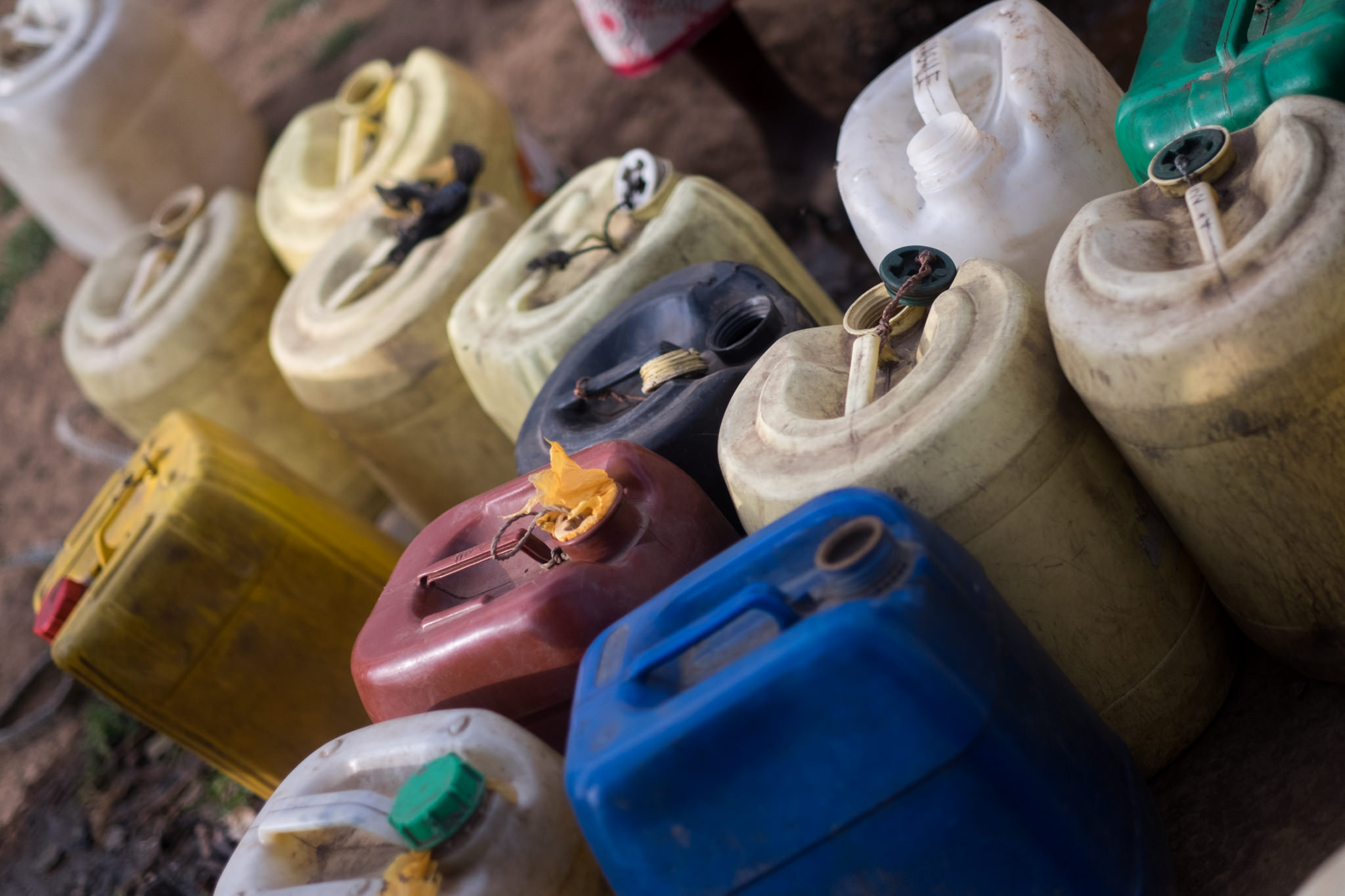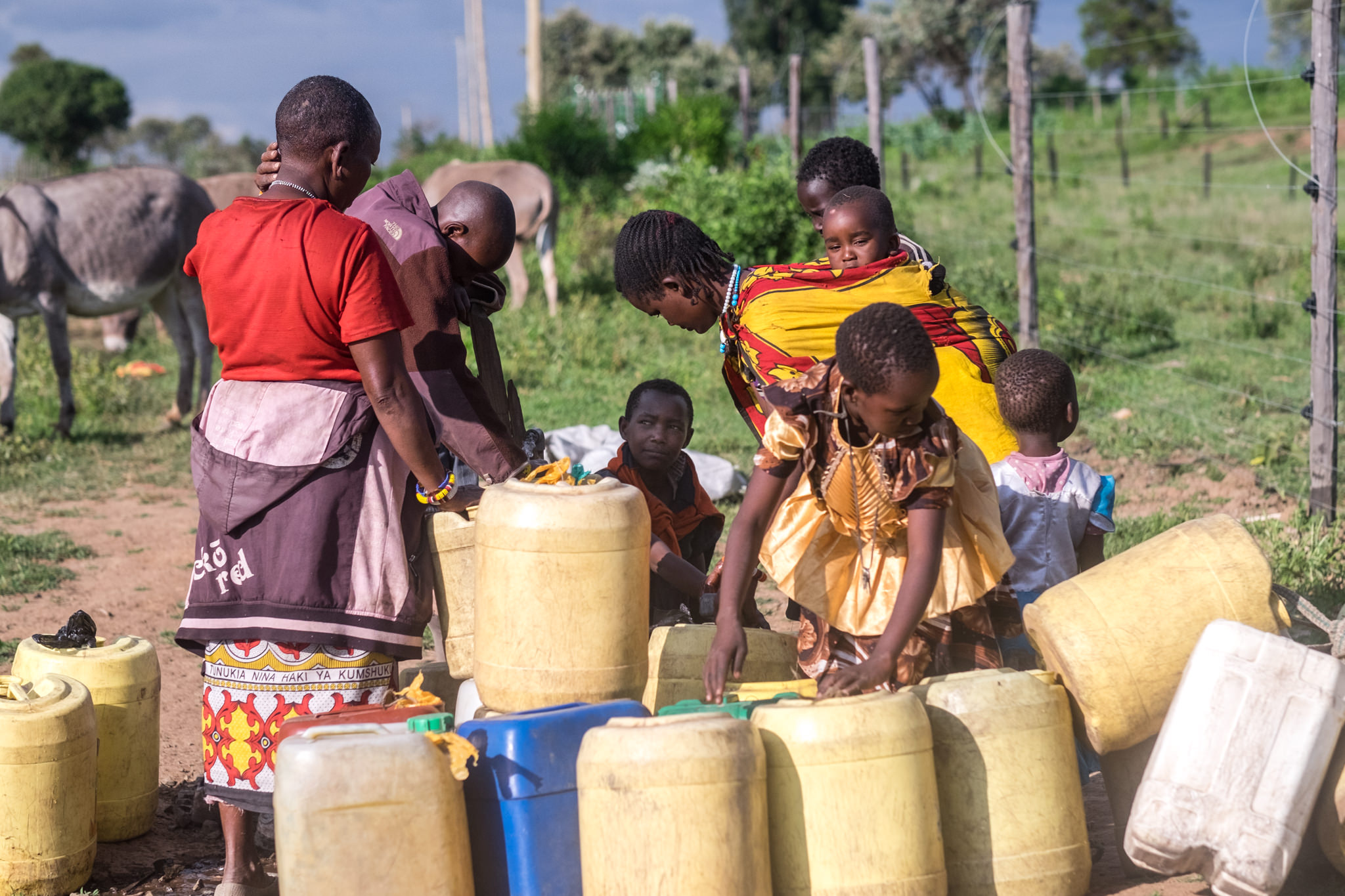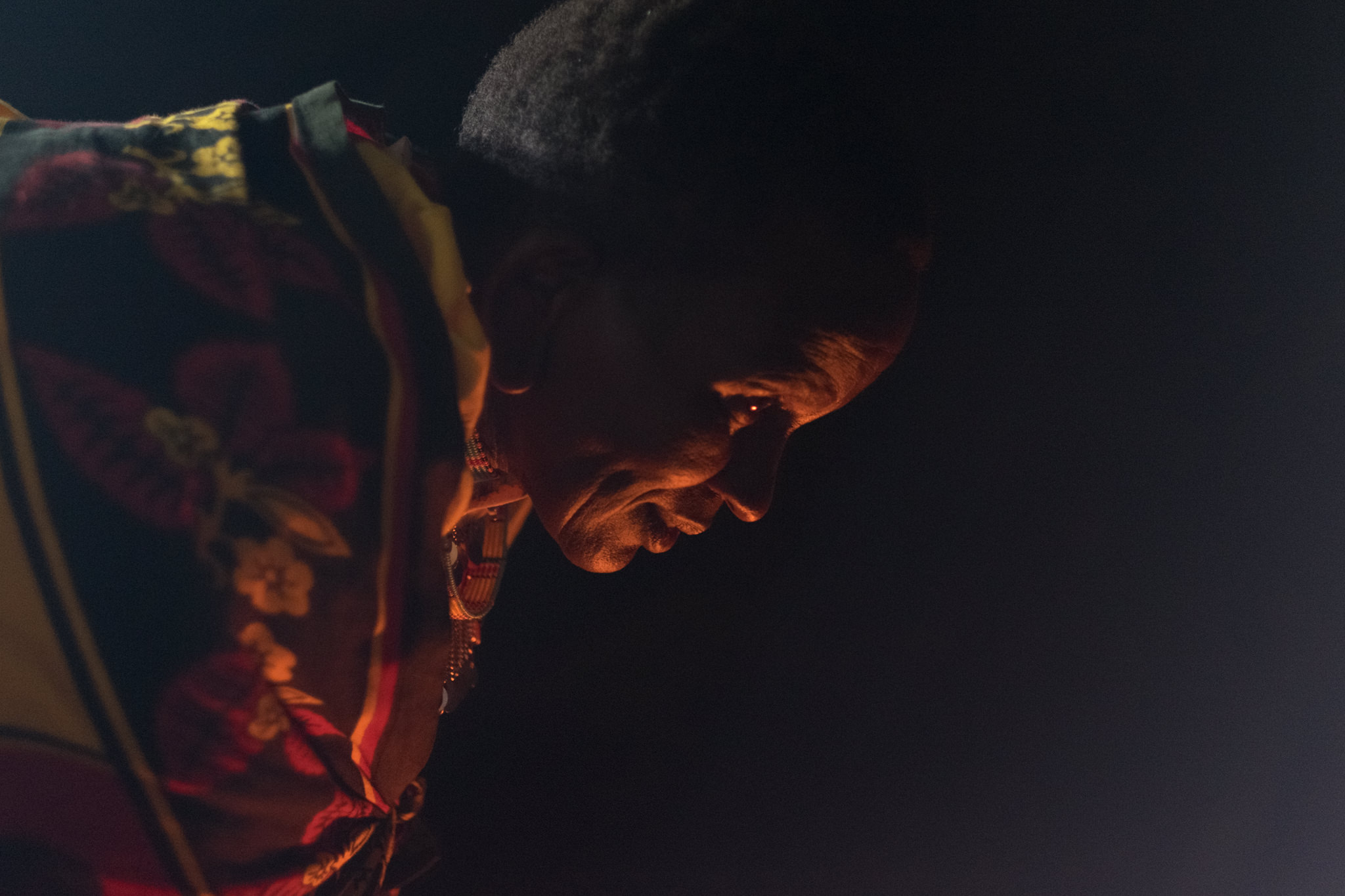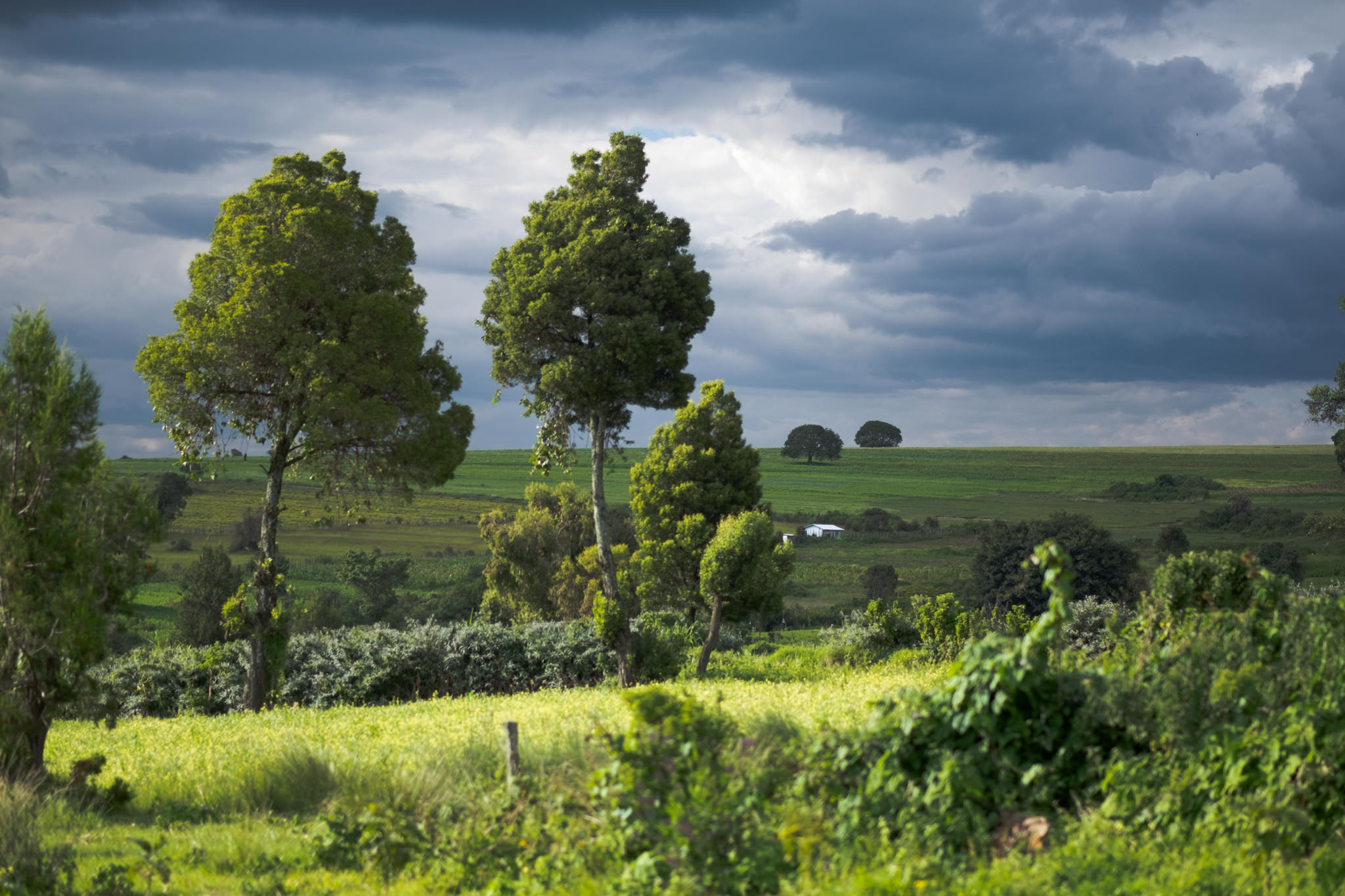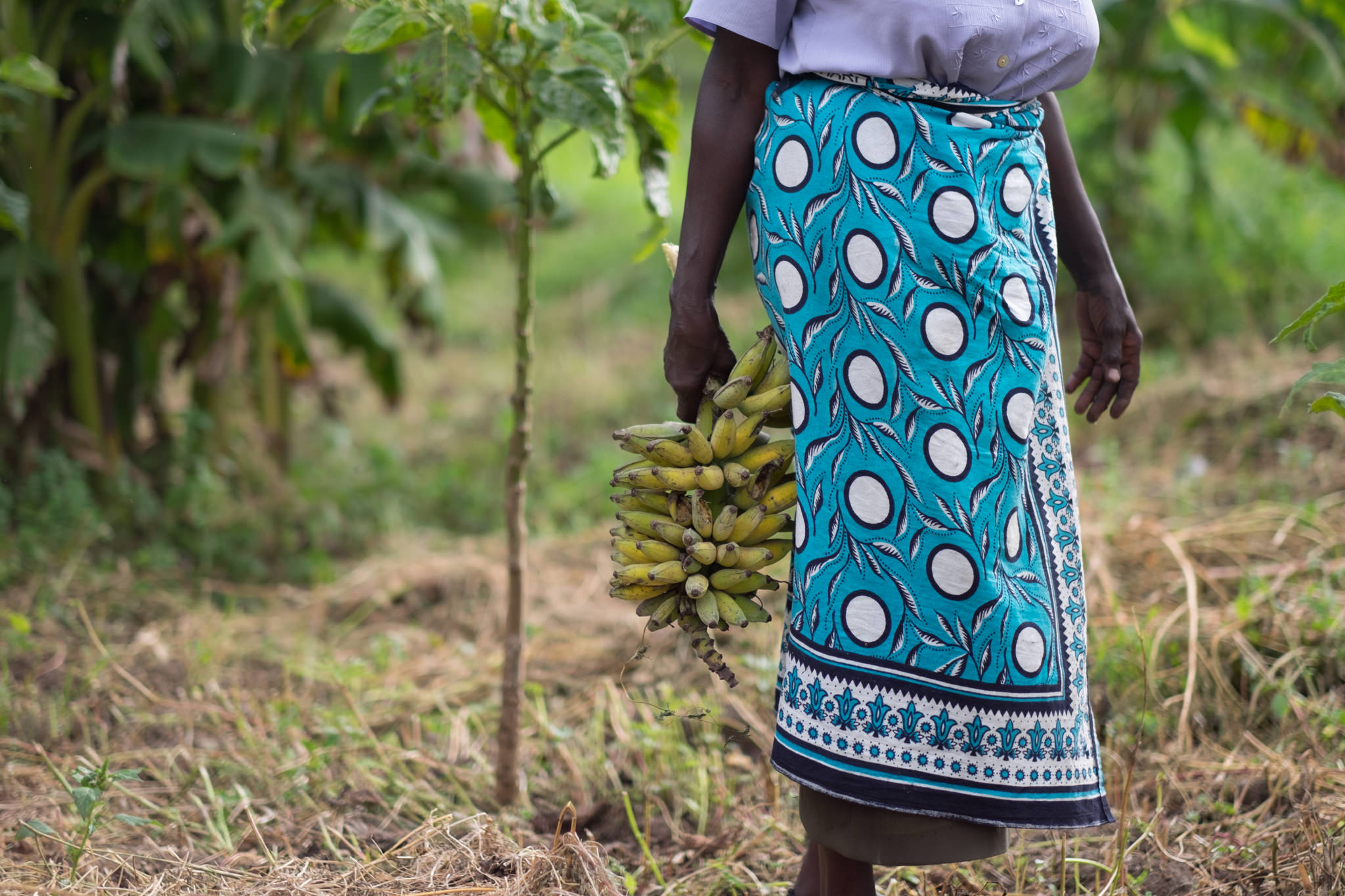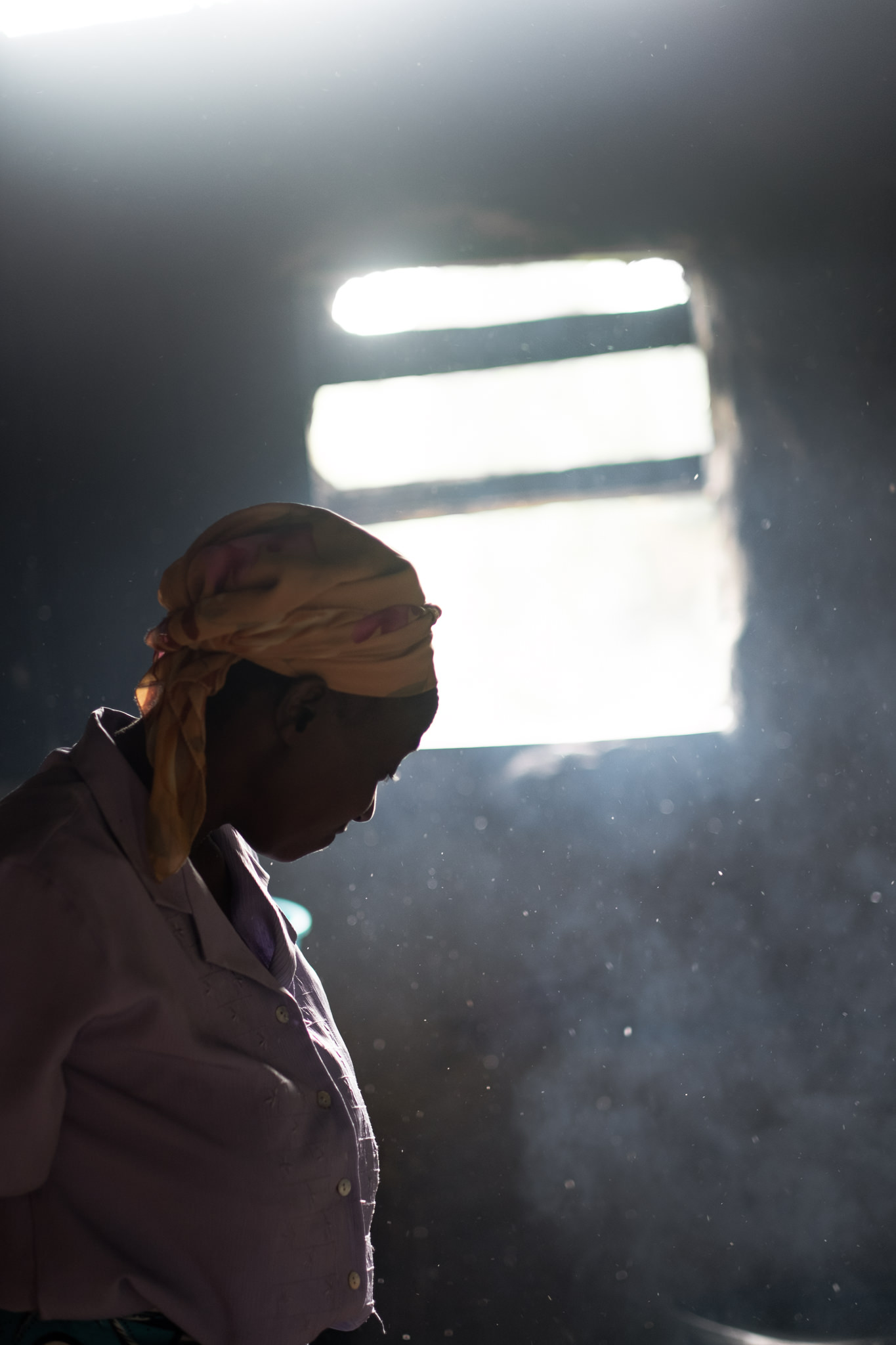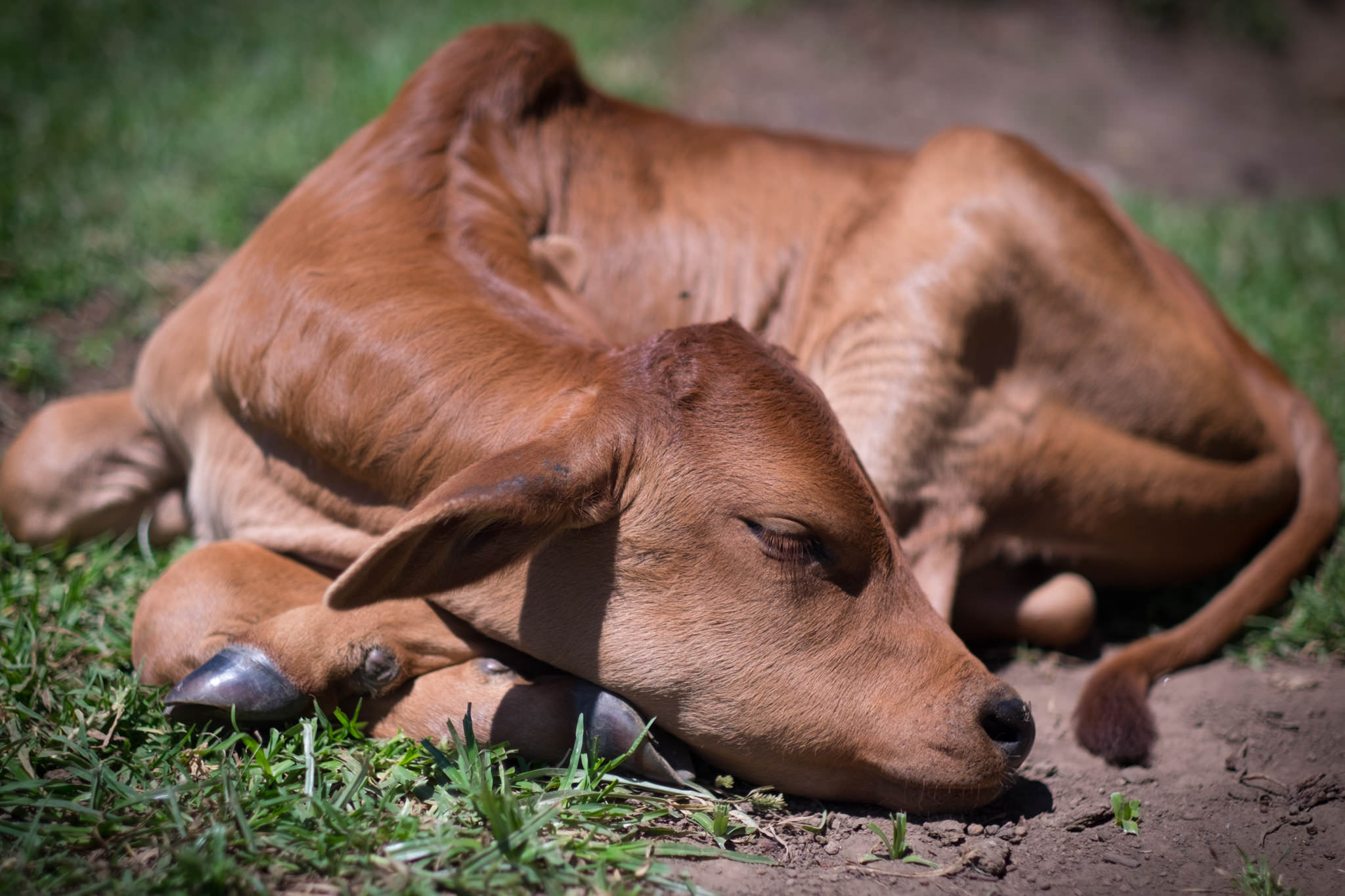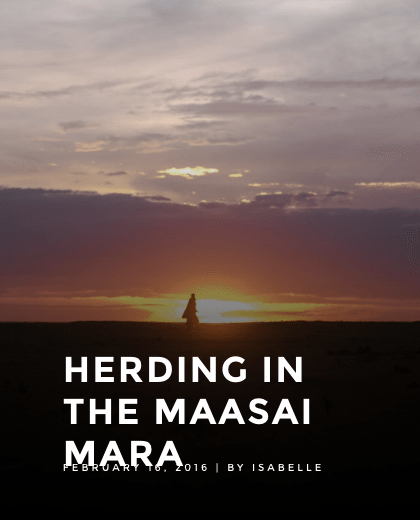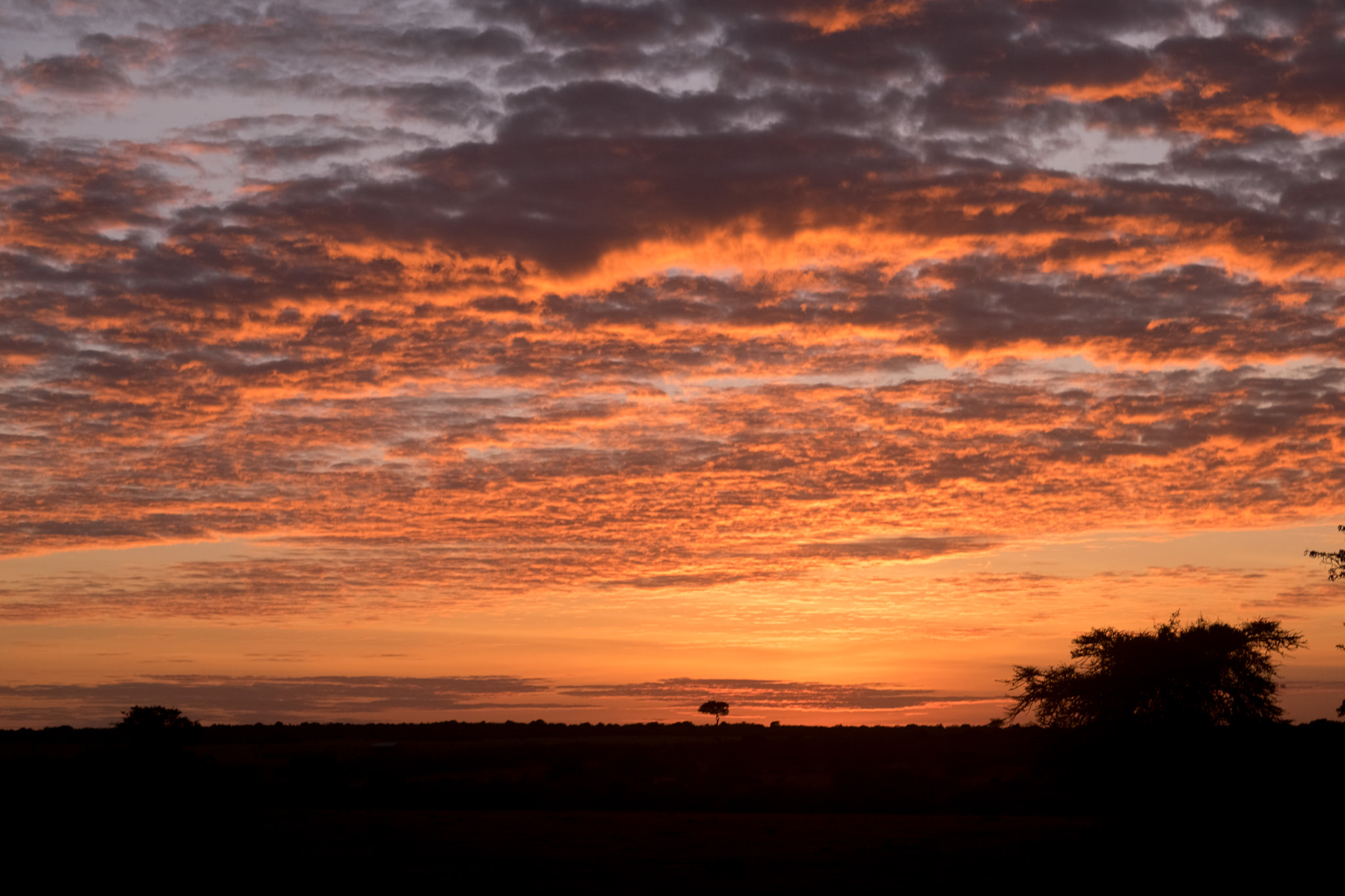
A push for Sustainable Development
A bold new global agenda to pursue a sustainable future was unanimously adopted by all Member States of the United Nations in 2015. “The new agenda is a promise by leaders to all people everywhere. It is a universal, integrated and transformative vision for a better world.â€
– UN Secretary-General Ban Ki-moon
BEING President of KENYA
“We are convinced that under this Agenda, a world free of poverty and hunger is achievable within the next 15 years. We also believe that a world in which development is in harmony with nature is possible.”
– Uhuru Kenyatta, President of Kenya
47,251,000 HUMAN BEINGS LIVE IN KENYA
Meet a few of them
A day in the life of a young Maasai girl with her family and the water challenges they face.
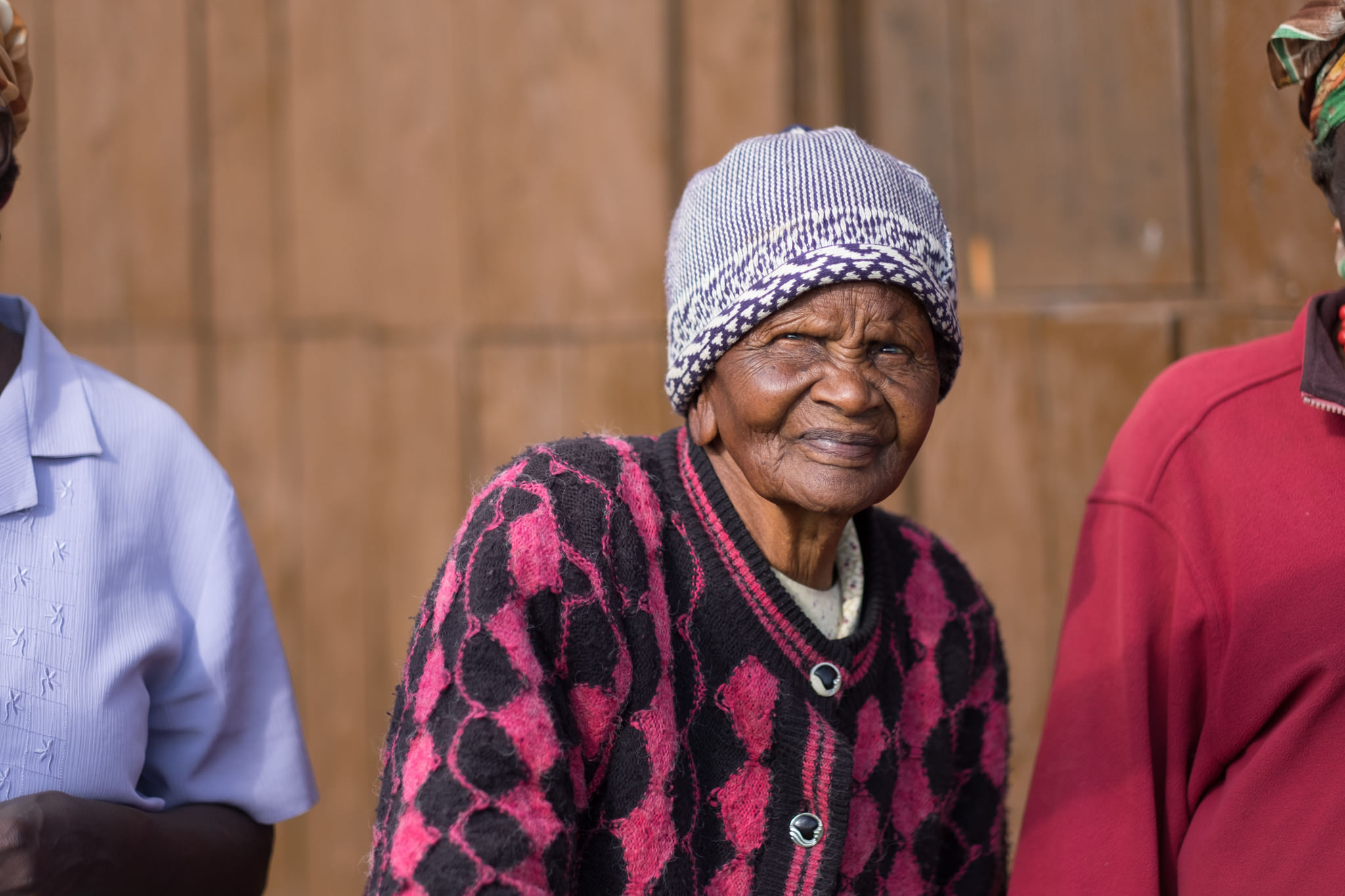
“WE BURIED MAGDALENA’S HUSBAND LAST WEEK. THEY WERE TOGETHER FOR 80 YEARS.†– MAGDALENA’S DAUGHTER-IN-LAW
Average life expectancy in Kenya is 61 years of age.
(World Bank Indicators, Kenya, 2013)
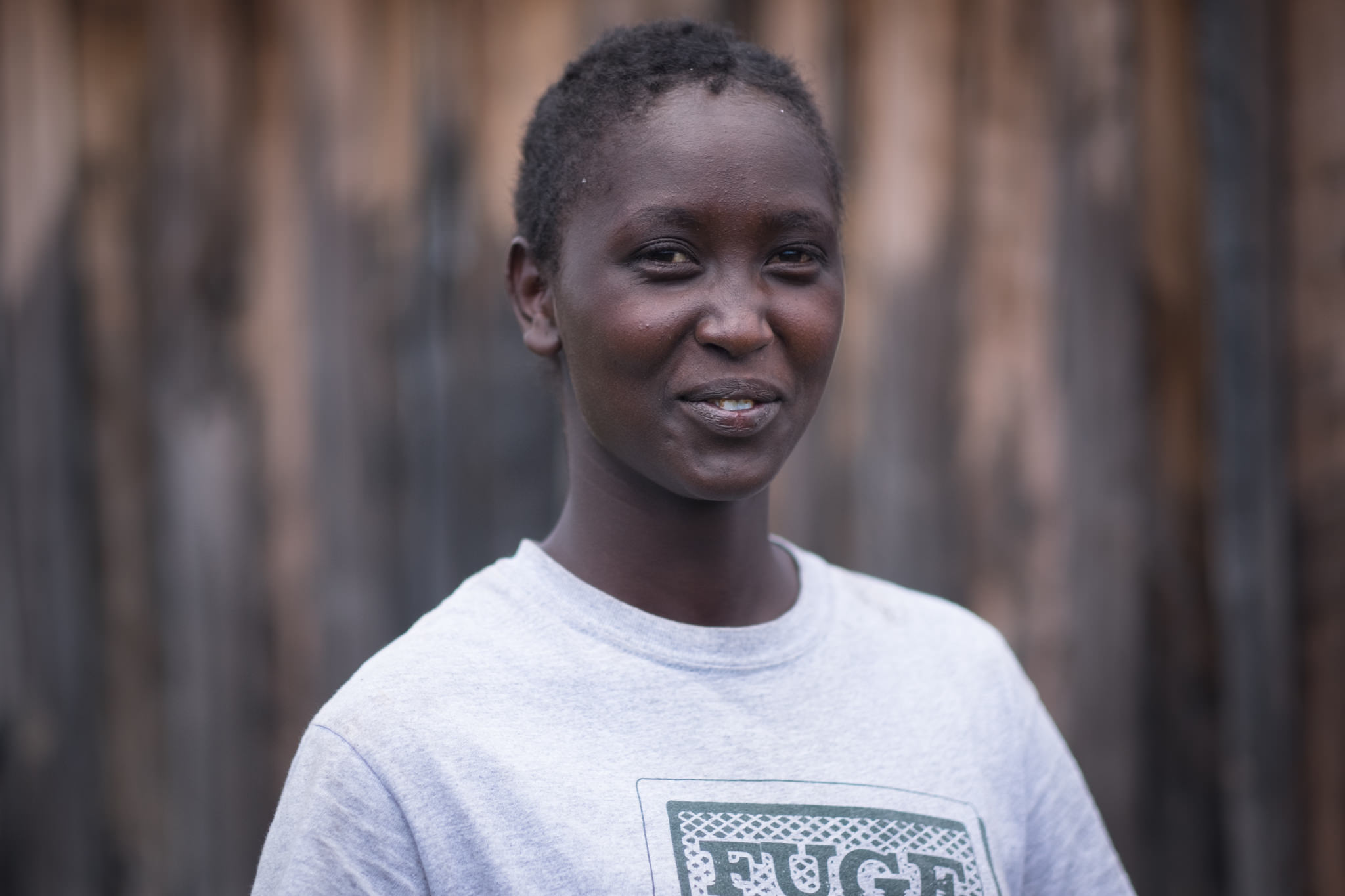
“SOMETIMES MY DONKEY KICKS OFF THE WATER BUCKETS OR LAYS DOWN AND WON’T GET UP UNTIL I HAVE TO CARRY THE WATER BUCKETS MYSELF.†– NASIEKU, 15
Donkey’s are commonly used for carrying water in the Maasai Mara but they can prove to be more difficult than helpful at times.
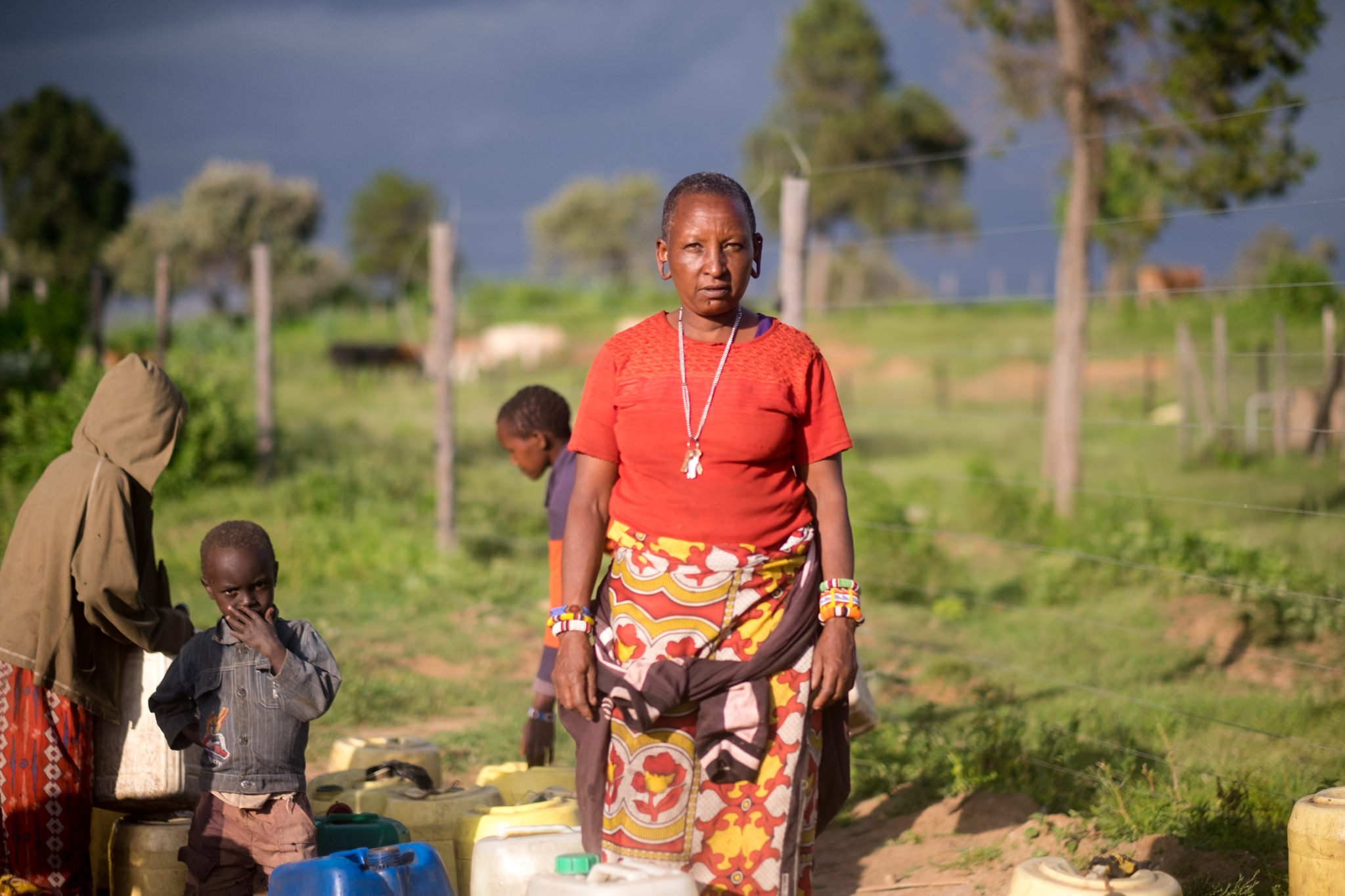
“MY LIFE HAS IMPROVED TREMENDOUSLY WITH THIS WATER PUMP. I NO LONGER HAVE TO FEAR THAT I WILL NOT BE ABLE TO BRING HOME ANY WATER†– KIRAMATISHO
17.3 million lack access to safe water in Kenya (Water.org)
A young herder on the Maasai Mara in Kenya sings with his whistle, letting his cattle know the lions are not around.

“US WIVES NEED EACH OTHER, HOW ELSE WOULD WE BE ABLE TO HANDLE ALL THE RESPONSIBILITIES OF THE HOUSE, KIDS AND OUR HUSBAND? IT WOULD BE TOO MUCH.†– NOONKISHU
Polygamy is a distinctive feature of African marriage and, although not the dominant form of marriage in Kenya, remains legal under Kenyan law.

“WHEN I GET MARRIED, I JUST WANT TO HAVE A HAPPY FAMILYâ€
14.9% decrease in marriages since 2008 and divorce rates are rising in Jamaica. (Statistical Institute of Jamaica, 2015)
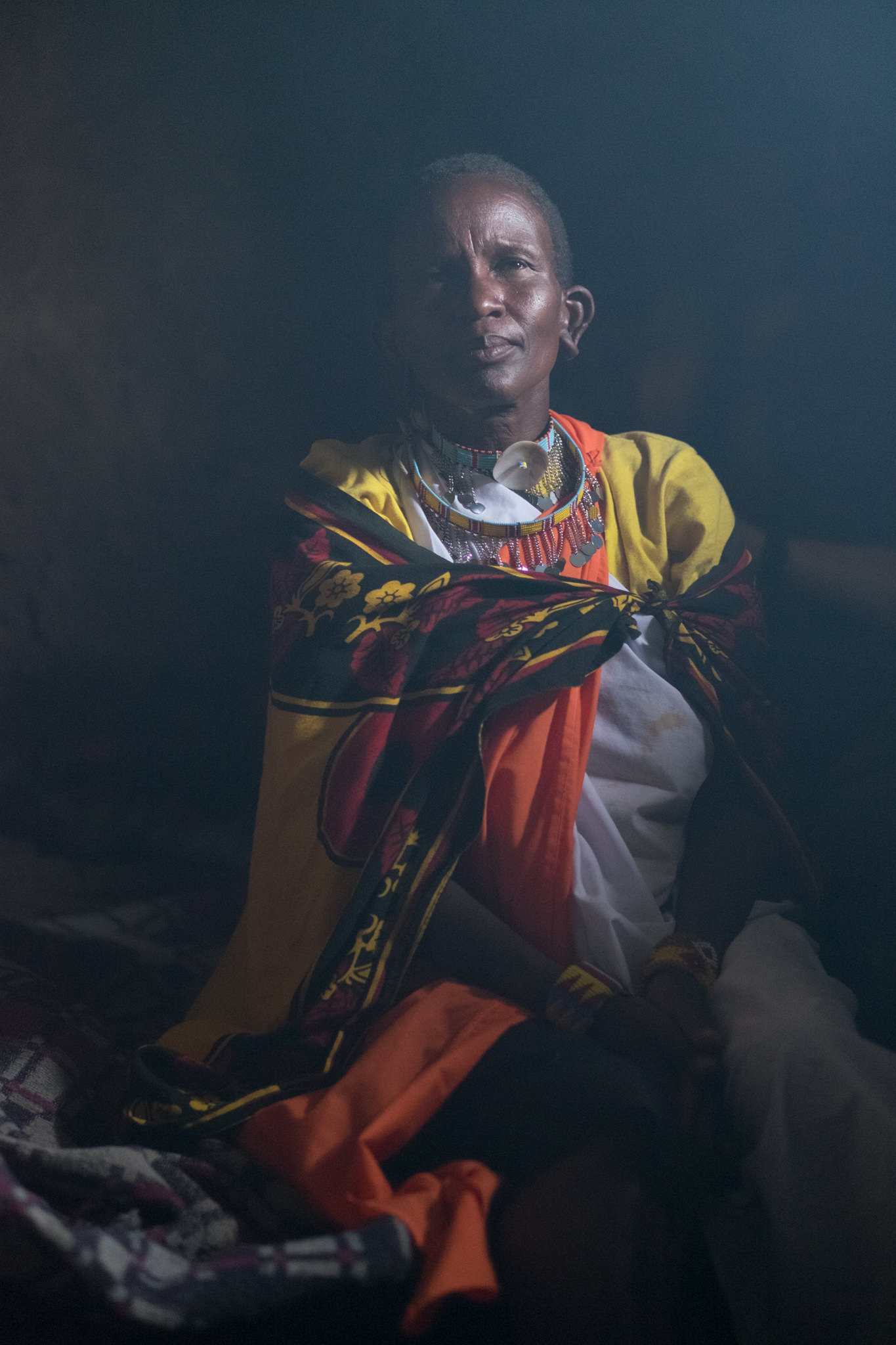
“WHEN I GO AGAINST ODDS AND EMPOWER MYSELF, I HELP EMPOWER ALL MAASAI WOMEN†– NAISHORUA
Narok, Kenya
Raised nomadic, a safari guide on the Maasai Mara uses his intimate knowledge of the land and animals to educate tourists and protect his home.
Overcoming many personal challenges in her life, Naishorua became a passionate activist for Maasai women’s rights and a respected leader in her community.
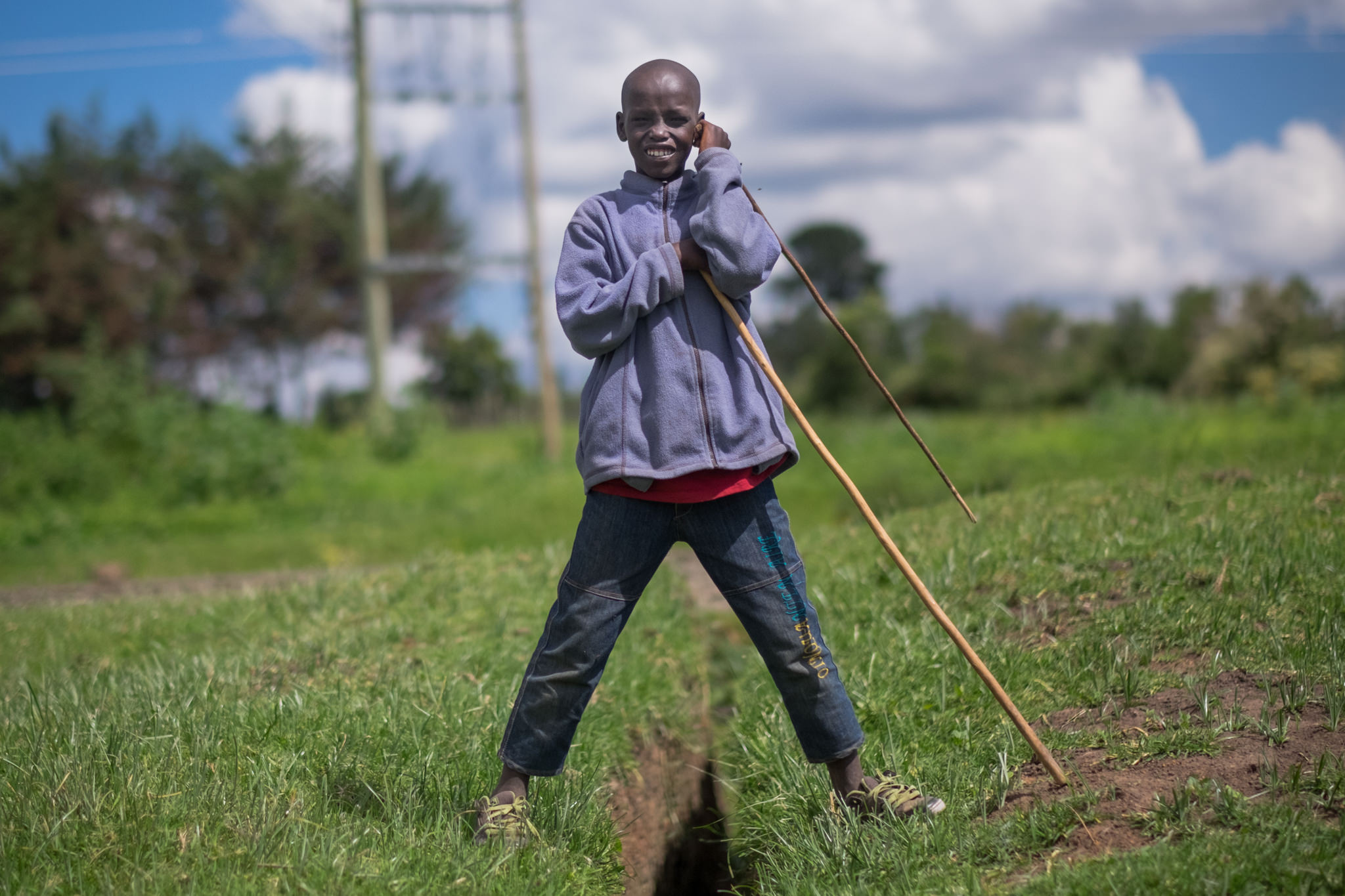
“WE HAVE 52 SHEEP AND 70 GOATS. I KNOW THIS BECAUSE I HAVE TO COUNT THEM EVERY NIGHT TO MAKE SURE I DIDN’T LOOSE ONE.â€
With the arrival of formal schooling in the wider Maasai region, herding of livestock is becoming the parents’ responsibility. Young boys resume the responsibility of livestock herding only on weekends when schools are out.
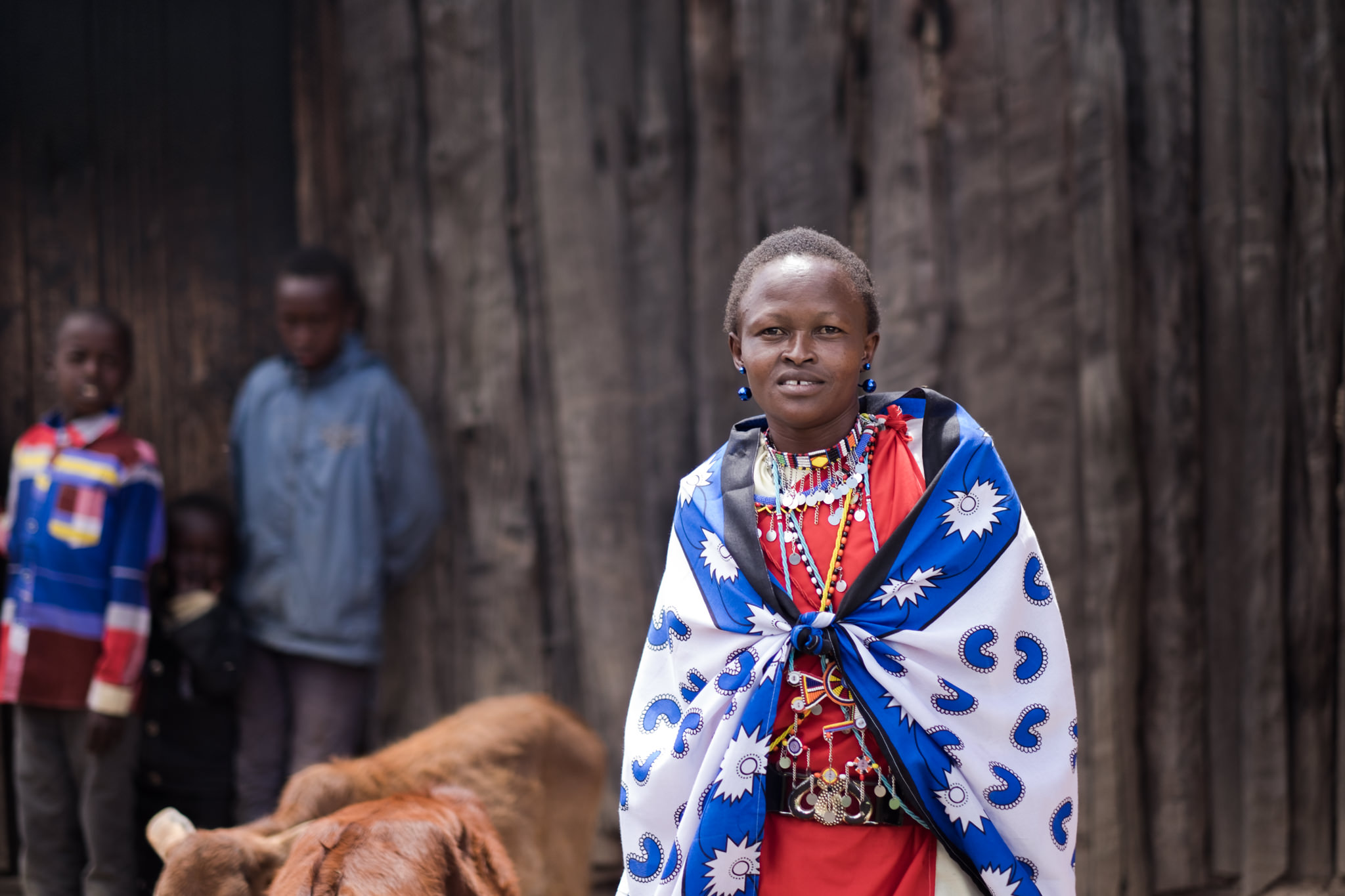
“WHEN MY 2ND CHILD WAS BORN, I PASSED OUT AND MY NEIGHBORS CARRIED ME AND MY BABY TO THE ROAD WHICH IS VERY FAR FROM MY HOUSE. LUCKILY A CAR STOPPED AND TOOK US TO THE HOSPITAL.â€-NANDUTARI
There is an average of 4.4 births per woman in Kenya
(World Bank, Gender Statistics, 2013)
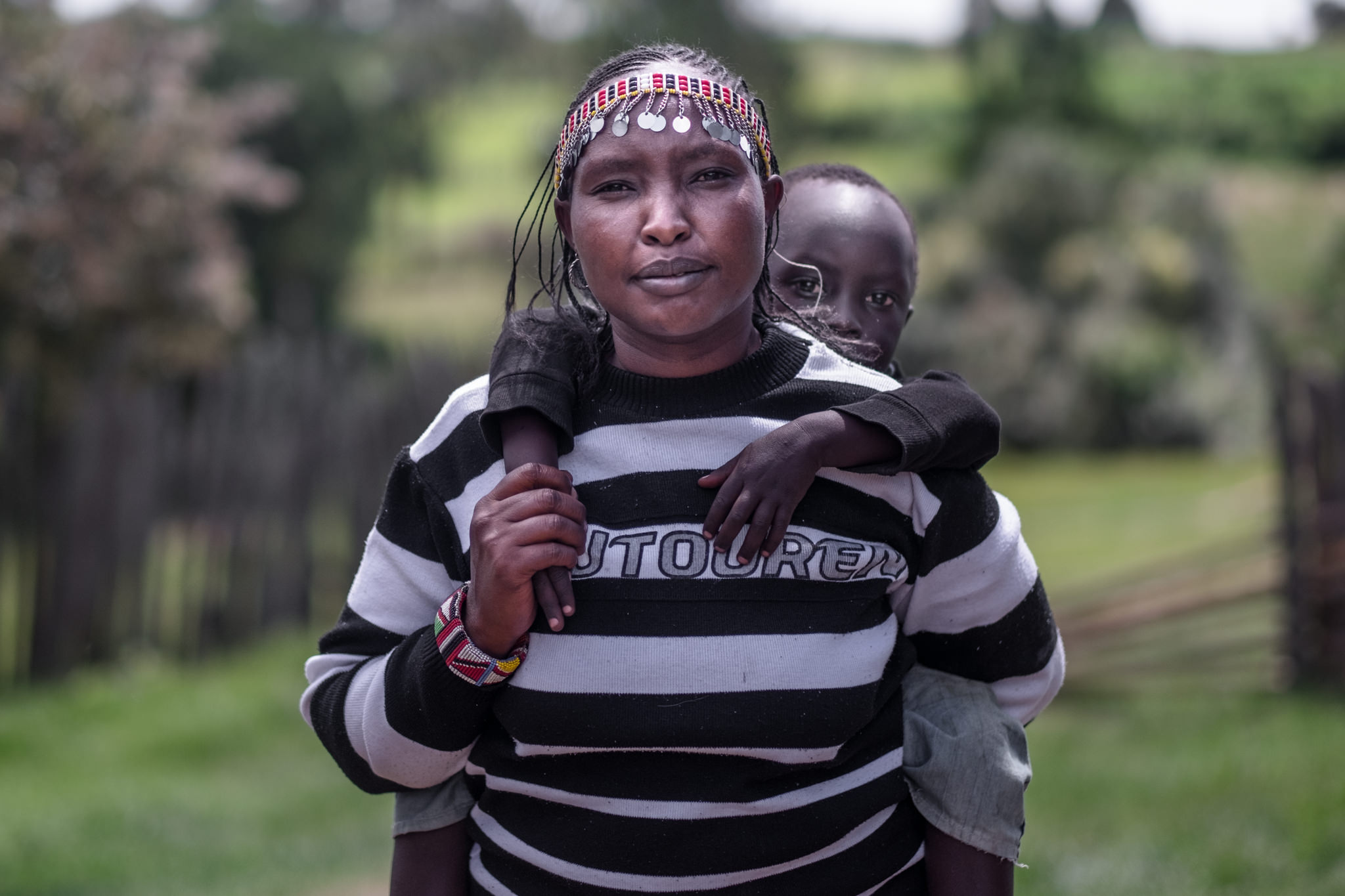
“I WAS WALKING TO THE RIVER TO COLLECT WATER AND A HYENA ATTACKED MY DONKEY. I’M ASHAMED TO SAY I RAN AWAY. BUT I’D RATHER LIVE TO SEE MY KIDS THAN TO HAVE ANY WATER THAT DAY.†– GLADYS
Maasai women in rural areas commonly encounter wildlife, especially elephants and hyenas, while walking to collect water.
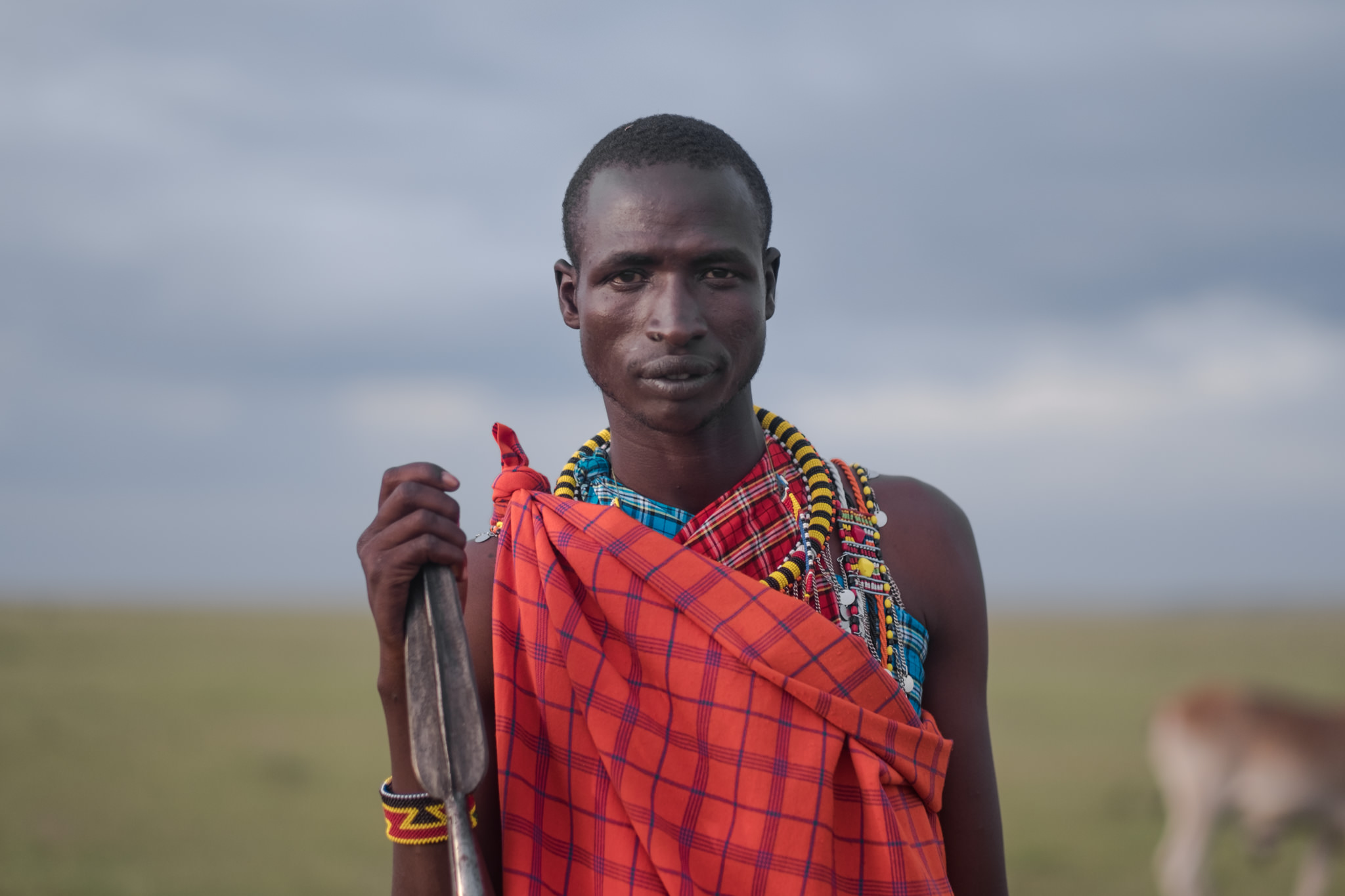
“MY CATTLE ARE MY BANK ACCOUNT†– DENIS
Traditionally, Maasai men’s wealth is measured in terms of number of cattle he owns.
Maasai Mara, Kenya
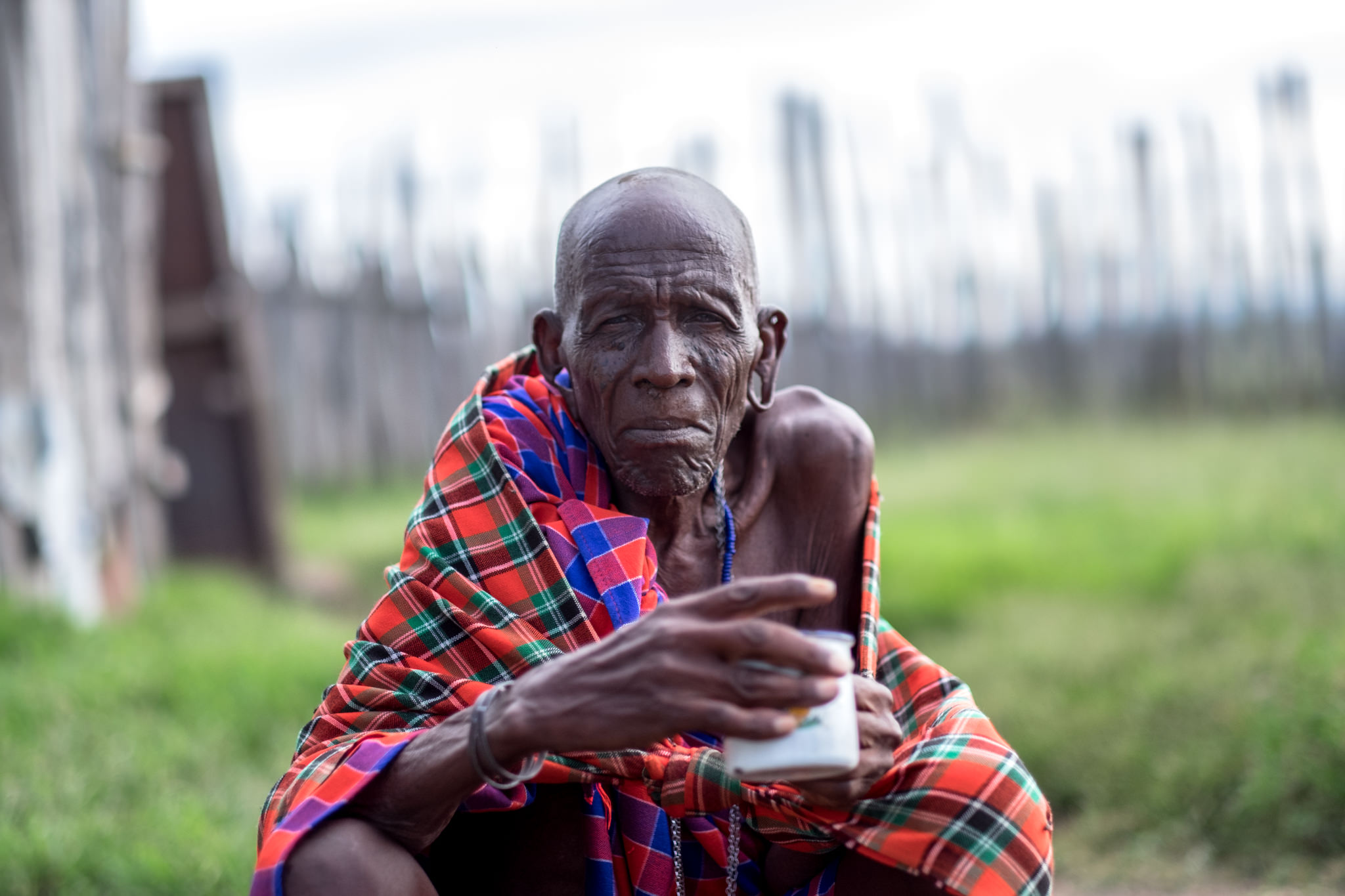
“I PREFERRED BEING NOMADIC SO WE COULD ALWAYS MOVE TO GREENER PASTURES†– OLE TIRE
With the privatization of land in Kenya, the ability to be nomadic and move with the changing environmental circumstances has forced many Maasai people into land areas that do not support a good quality of life.
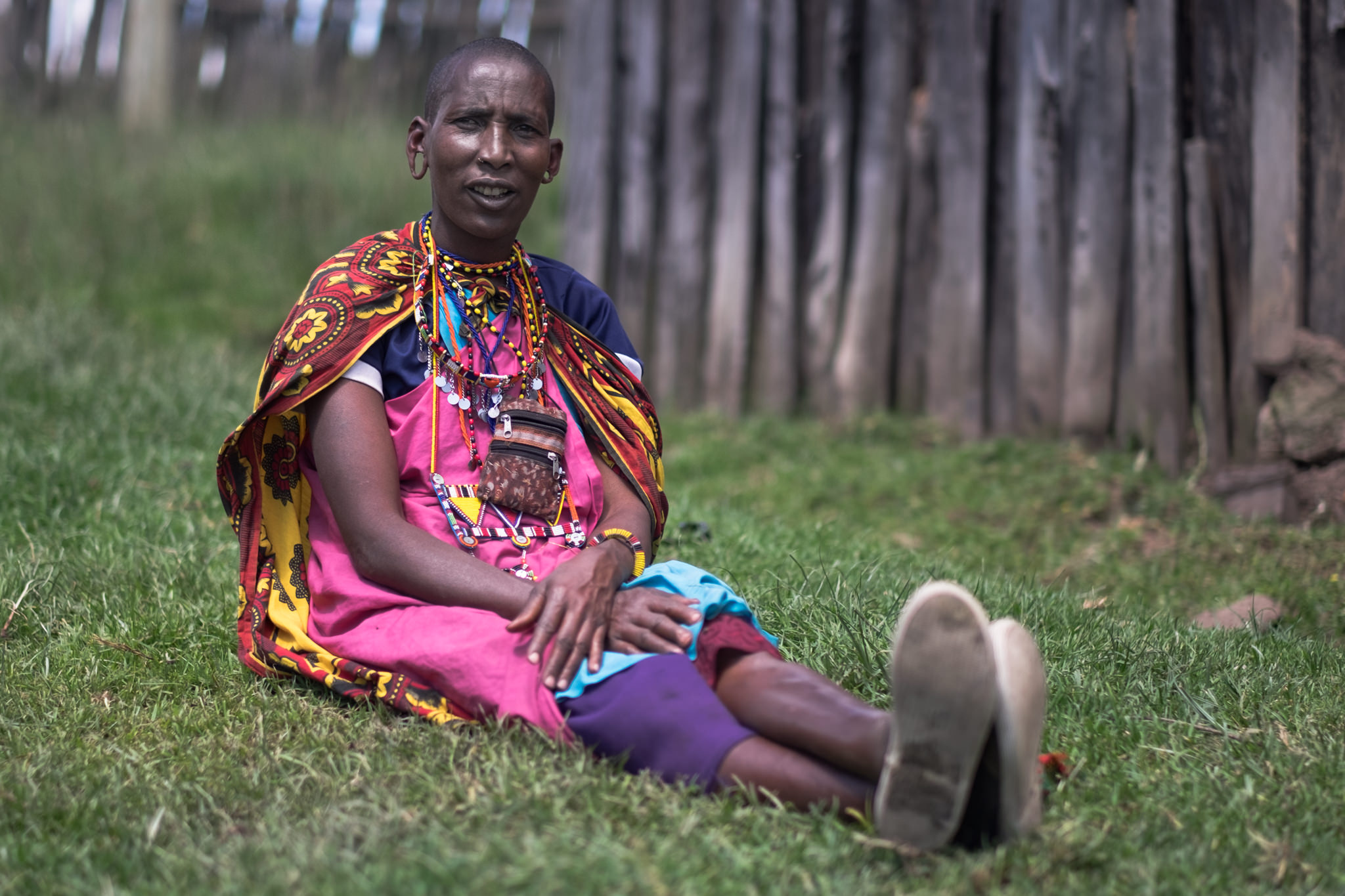
“I WAS IN LABOR FOR 4 DAYS WITH MY FIRST CHILD. I ALMOST DIED FOR HIM.†– NABIKI
In Kenya, maternal mortality remains high at 510 maternal deaths per 100,000 live births (World Bank, Gender Statistics, 2015) however, this is below the Sub-Saharan average of 640 deaths per 100,000.
(World Health Organization, Maternal and Child Health: KENYA, 2011)

“I HAVE TO SAY, I GET MY LIFE FROM MY CATTLE†– ALEX
Traditionally, the Maasai rely on meat, milk and blood from cattle for protein and caloric needs. Blood is very rich in protein and is good for the immune system. It also alleviates intoxication and hangovers.
Maasai Mara, Kenya
A story about bringing water to those who need it.
An elderly rural school teacher living outside Narok, Kenya struggles with a big workload and meager salary.
Kenya is grappling with the devastation of forests and the use of chemicals for agriculture which has caused massive water issues for many local communities. John is the chairman of the Eorr Enkitok water project and is devoted to helping his community get access to clean water.


